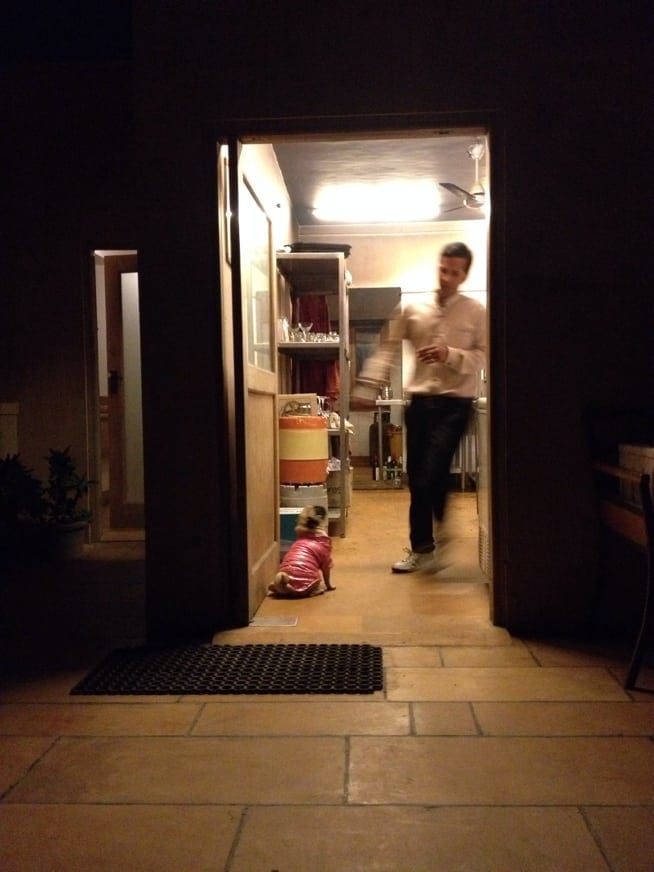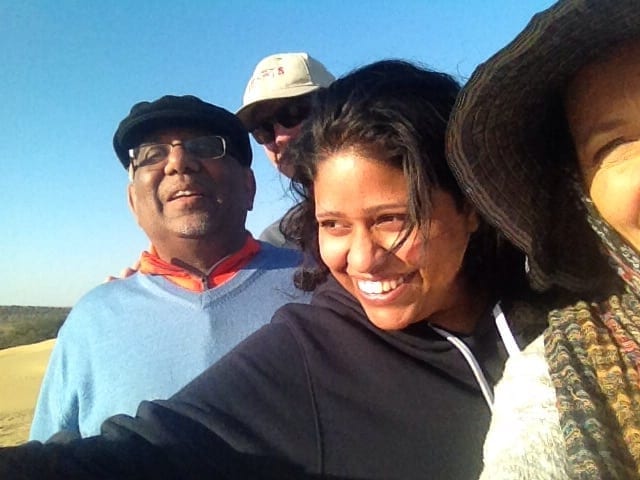
I imagined riding a camel would be similar to riding a horse. Camels are a lot taller than horses, but there are some similarities. They way you move on them. You also turn them using the same method of hand control. You squeeze them with your legs to speed them up. You can kick them or use a crop like thing or the reins to get them to move faster. I didn’t do any of these things. I know these things because I asked one of our guides. I am not actually complaining about this either. Camels are a LOT taller than horses! Oh, I admit I did have one stupid second of disappointment when it became obvious I was going to be led by a guide. The entire rest of the time though I was happy about it.
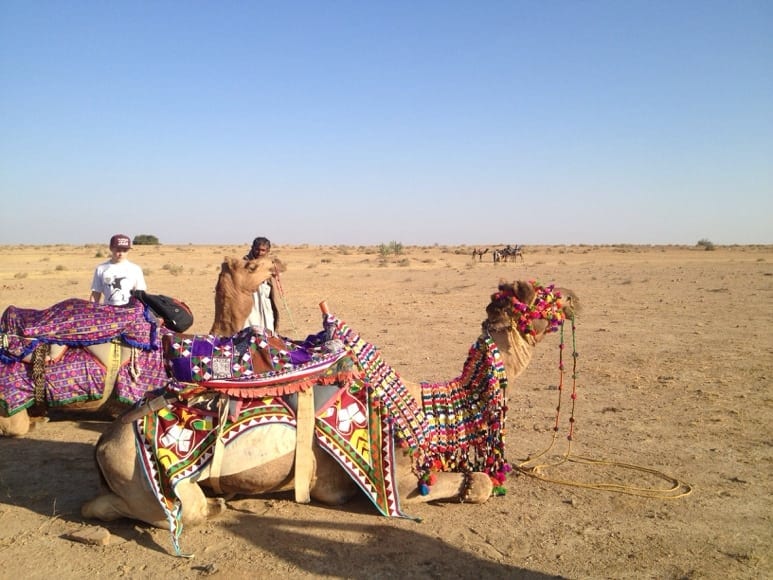
My camel is the brightly decorated one. His name is Michael Jackson. Michael Jackson has bells all over so he jingles when he walks. I asked the guides about camel racing. They all think it is a fine sport, but as you would expect none of these camels are racing camels. 
Here I am on Michael Jackson. It was fun when the camel stood up. If you wonder if I have a different standard for camels than I do for elephants, I don’t think so. The camels are similar to horses from the guide’s perspectives. If you have thoughts to the contrary let me know. Sean is on Rocket. We met a great father and daughter during the safari, Pooja is the daughter. Pooja lives in Pennsylvania. She was so much fun. Pooja is 21 years old. Sean and Pooja really hit it off.
I have layers of clothes on. It was too warm for 15 minutes. The rest of the time all the layers were perfect. I debated about bringing warm gear or not. I was glad for most of the trip I didn’t bring all that cold weather gear, but this night it was cold.
(I am sitting here writing this at breakfast on 12/31). I was really excited when I saw soy milk which meant I could have coffee with soy milk! Yeah! Then I ordered masala tea without milk (actually nahee dhood) instead. Oh yes and make it extra gingery. I like my ginger as hot as Indian people do. This is something I have learned on this trip. I also learned that I do like some spicy in food. I have come to the conclusion that I do not like jalapeños. It is not the heat it is what is used to get that heat.
The way the safari works is that groups of people are brought out on the camels to the dunes successively to watch the sun set. There were 4 groups. We were the first group. At first I wasn’t sure which number group you would want to be, but at the end I realized the first group is the best group to be in.
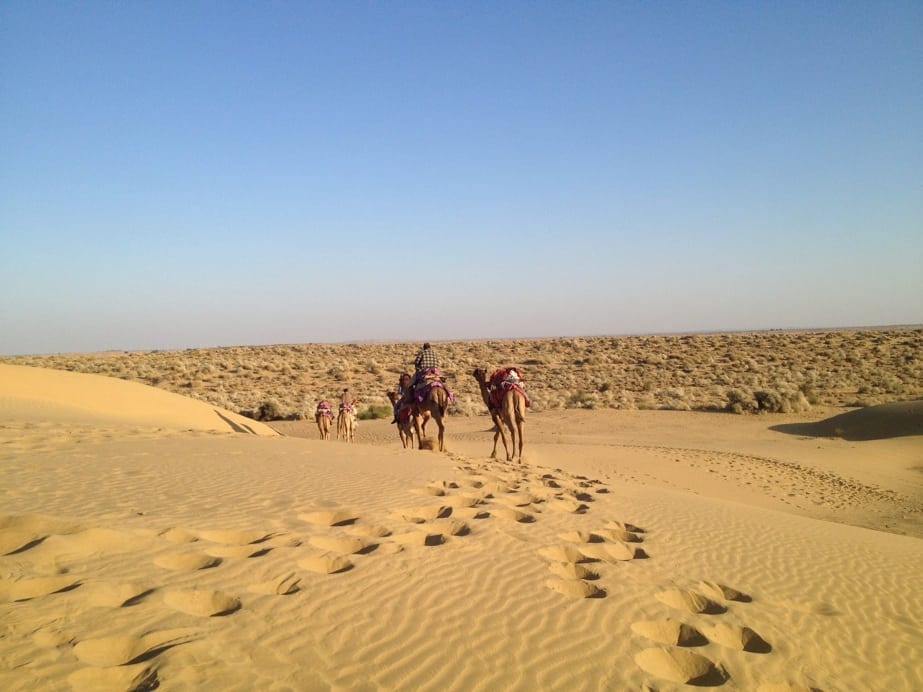
The guides leave us to go get another group.
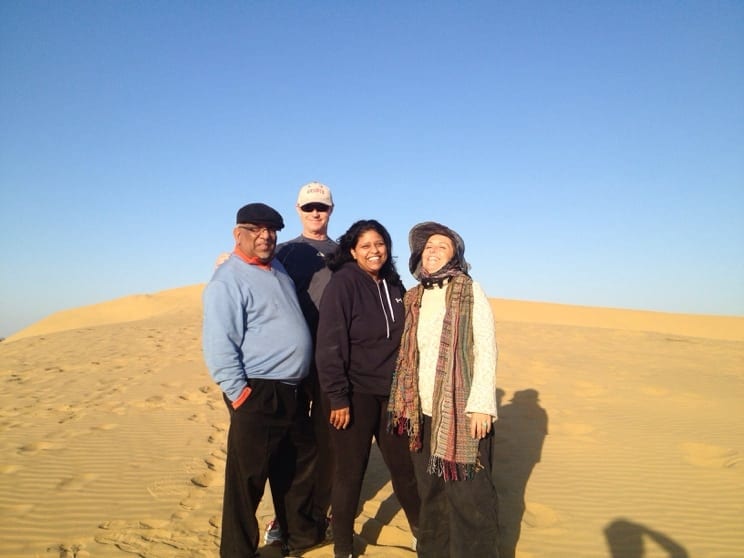
Carat, Jim, Pooja, and me
The first group gets pristine dunes to play on and to photograph.
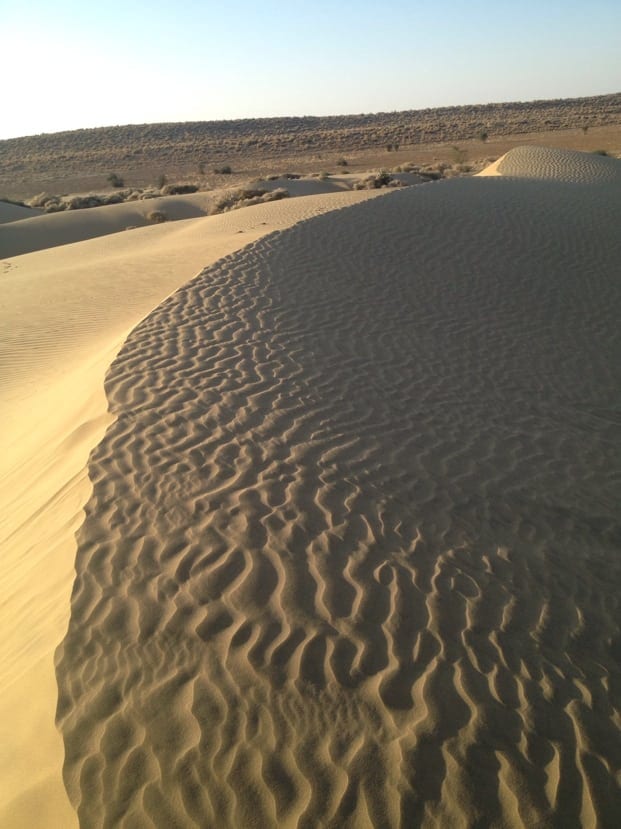
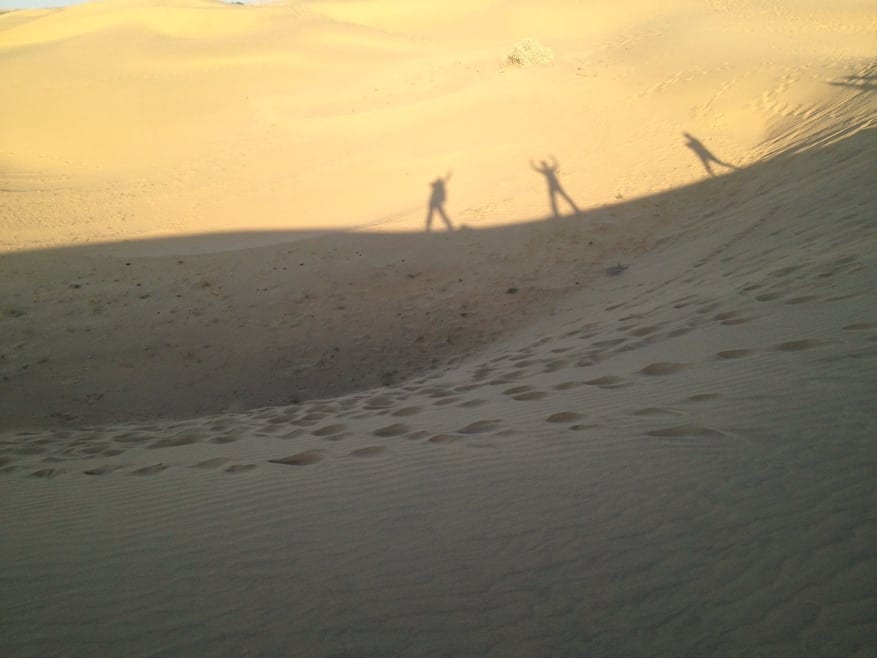
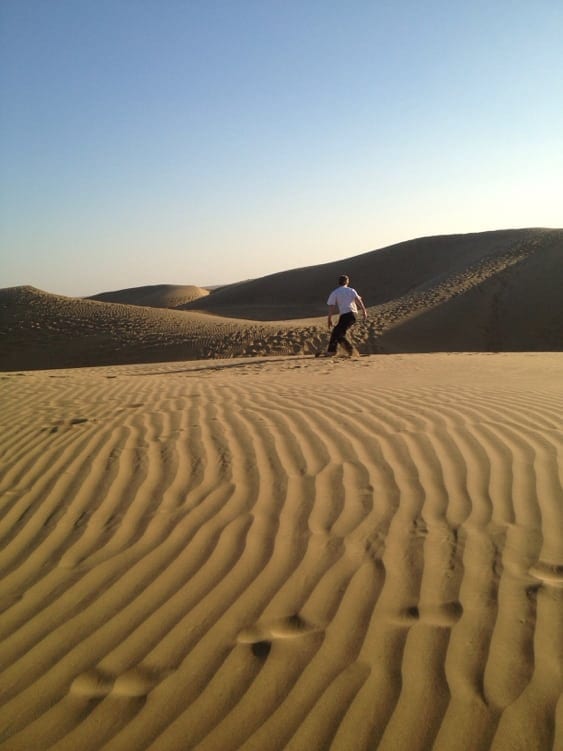
It was fun to run around in the fine sand.
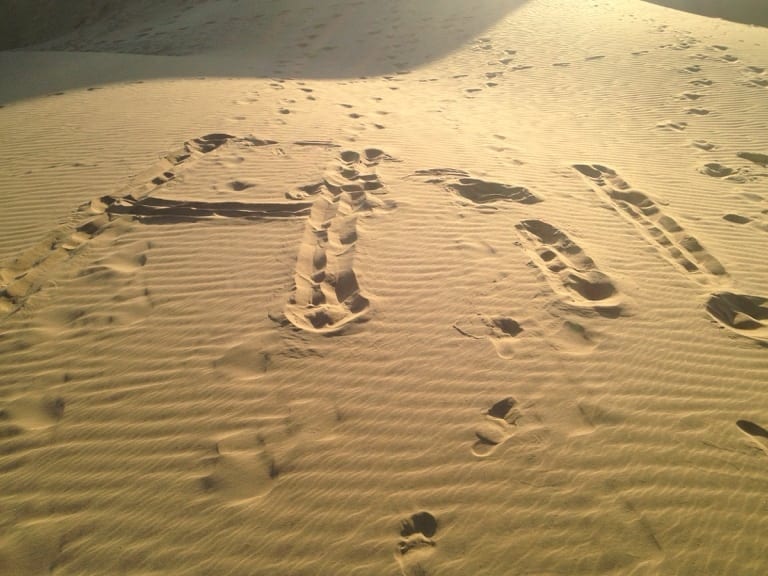
Hi to you, from the desert outside Jaisalmer, India
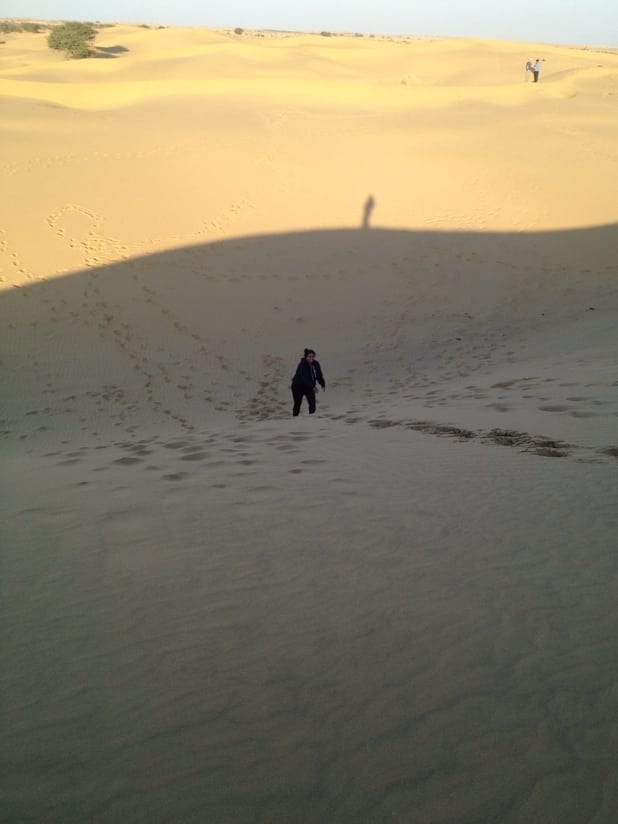
Then we watched the sunset.
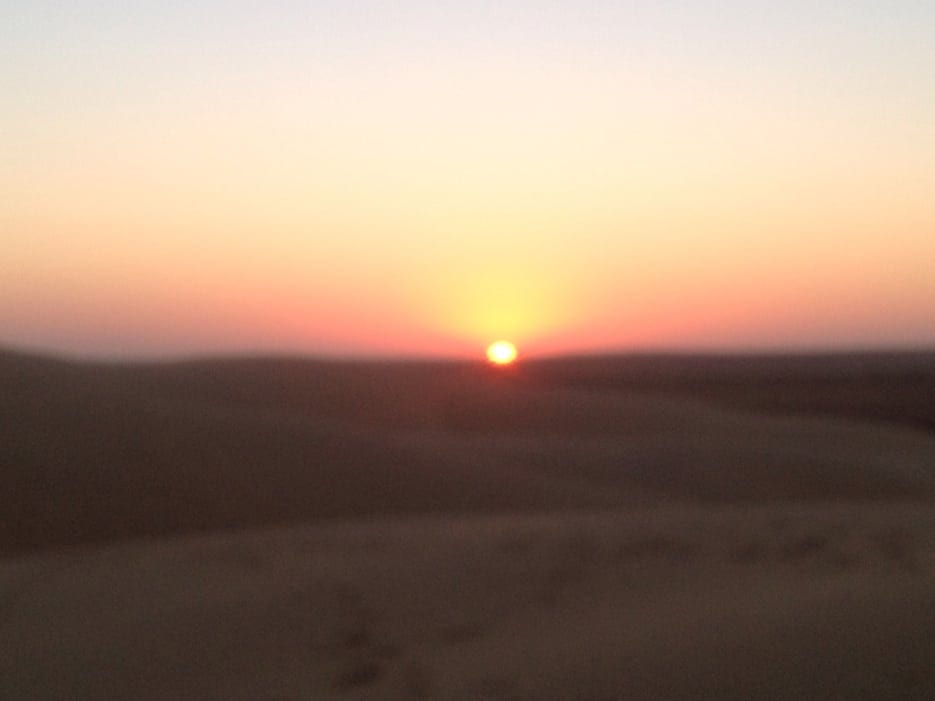
The first group to the dunes is also the first group to leave the dunes. The minute the sun went over the horizon (hmmm, which is technically not correct)… The minute the earth rotated enough that the sun was no longer visible from where we were, just doesn’t have the same ring though. Does it? Anyway, it became cold when the sun vanished.
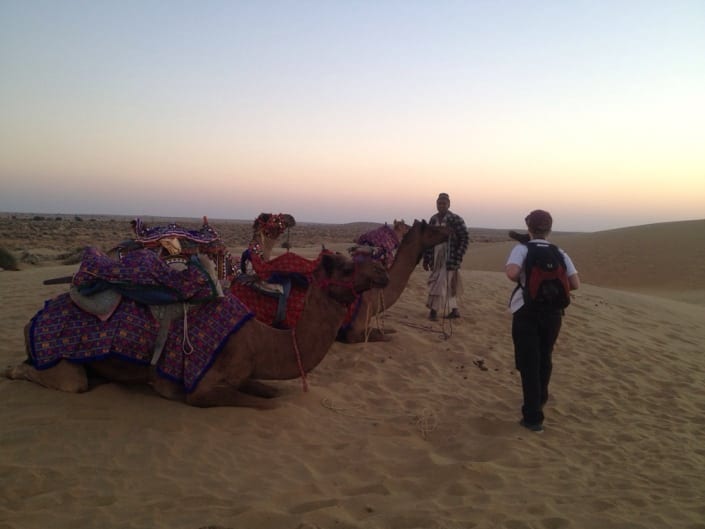
I was never so glad to see Michael Jackson before, and honey, I am a Michael Jackson fan from way back. 5th grade in fact,: 1,2,3 it’s as easy as A, B, C.. Oh yeah! I even own his greatest hits CD.

Camel feet are cool.
If you are the first to the camels, you are the first to the camp, too. It was a wonderful night, filled with great food, good company, dancing, and singing.
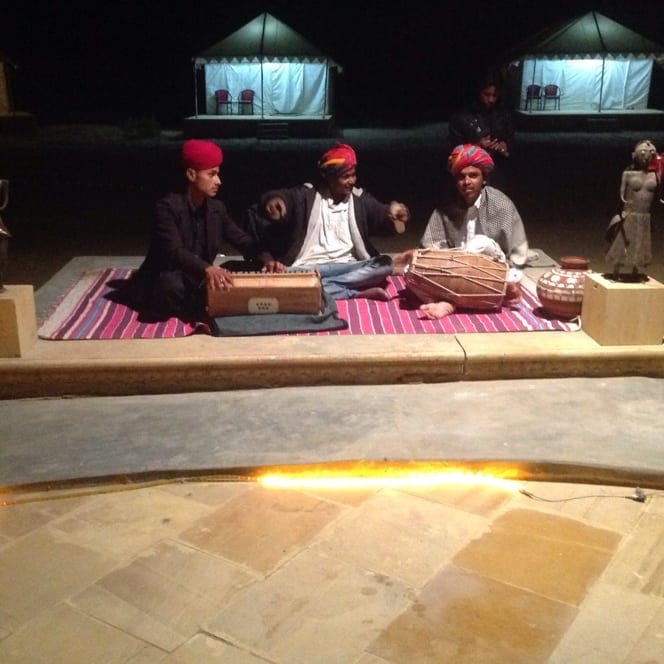
Here are the singers. We were told they sang some songs in Hindi and some songs in Gujarati.

I took a video of them playing. They are giving me their email address so I could send it to them when I get back to the States and have an email connection that will allow me to do that. There was only one problem, they did not know how to write or read Romanized letters (the letters used for the English language). They only knew the Hindi alphabet, or maybe it was Gujarati.

There we met Nellika (I am so sorry if I misspelled that). Nellika is from the Netherlands. She has been on the road for the past 8 months, 6 weeks of that time at the Damodra Desert Safari. Damodra Desert Safari is the outfit we booked our desert safari with. They picked us up at our hotel, took us sightseeing through the desert, provided the guides, camels, and location, then brought us back to their camp where we were spending the night. At the camp were tents, food, and entertainment. Nellika was one of the people at the campsite. She has been working for the past 8 months all over the place in Europe and now here in India. She finds jobs through a site called workaway.info. At workaway.info businesses post jobs they have. Interested people contact the businesses about the jobs. If hired, it is for a limited time, you receive room and board but no salary or travel fees. Nellika has used this to travel these past 8 months. She was a secretary in the Netherlands and wanted something different. She wanted that something different to include travel, but she coundn’t afford traveling. Now she is traveling and working her way around the globe.
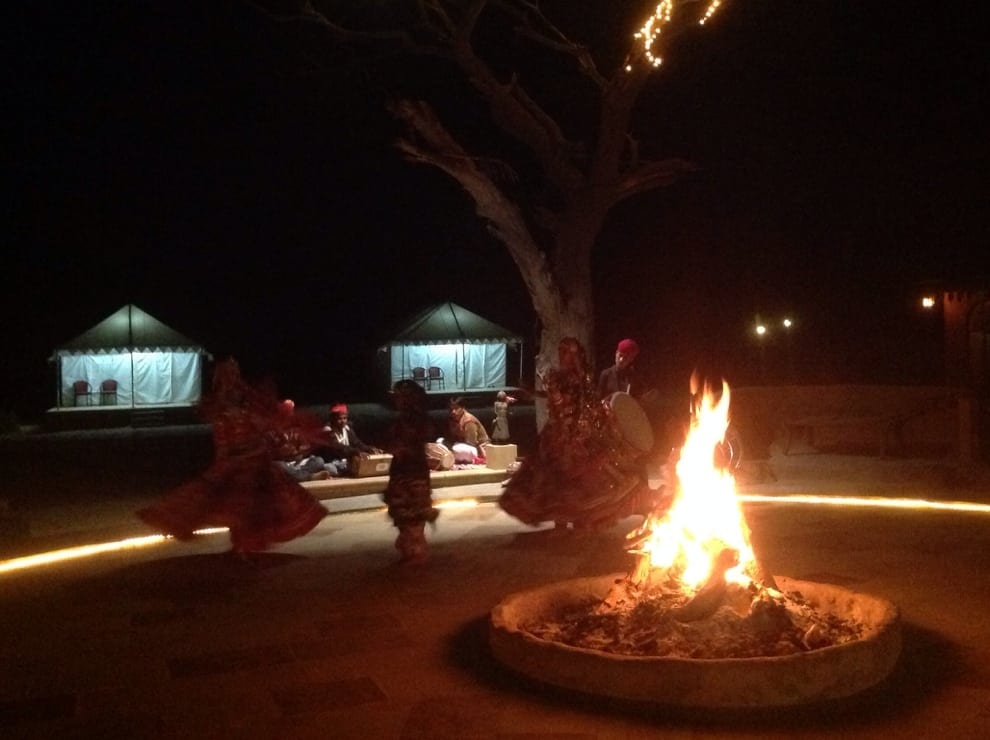
After everyone got there, the dancers began. It was beautiful to watch the native dancing under the stars with live music.

In between the dancers’ numbers there was a man doing acrobatic routines. He began taking mouthfuls of kerosene and breathing fore. It was spectacular and difficult to watch at the same time.

Spectacular… But the chemist/biologist side of my brain doesn’t sleep. I kept saying things like, “That is so carcinogenic.”
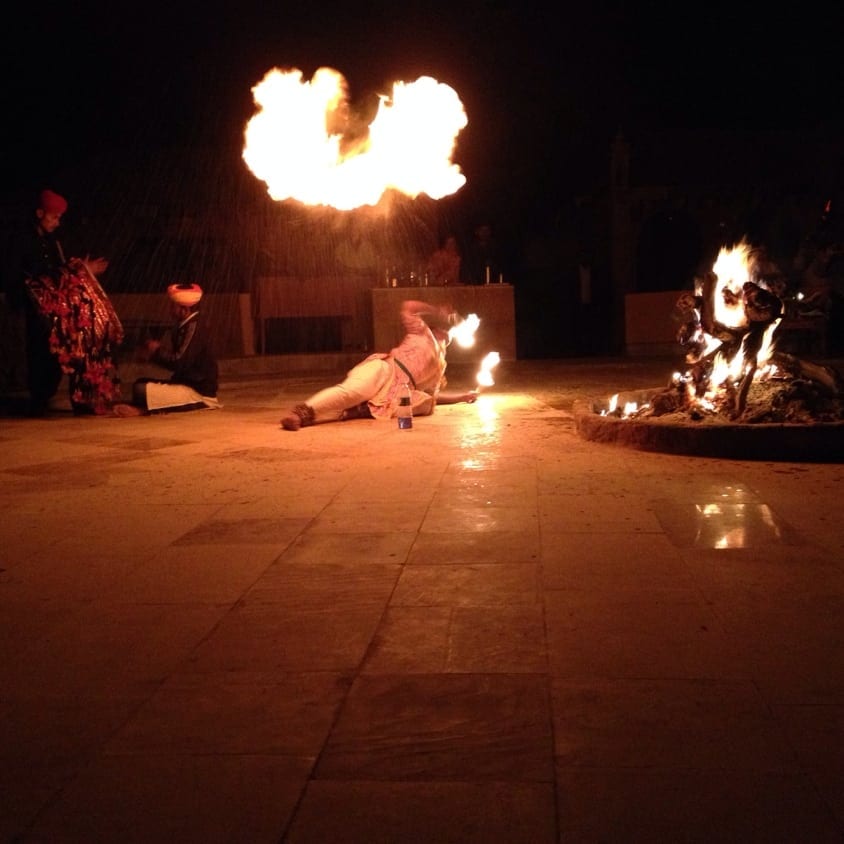
I felt conflicted, because here someone is giving a bit of them self (literally and figuratively) for your entertainment, but what they are doing is harmful to their health.
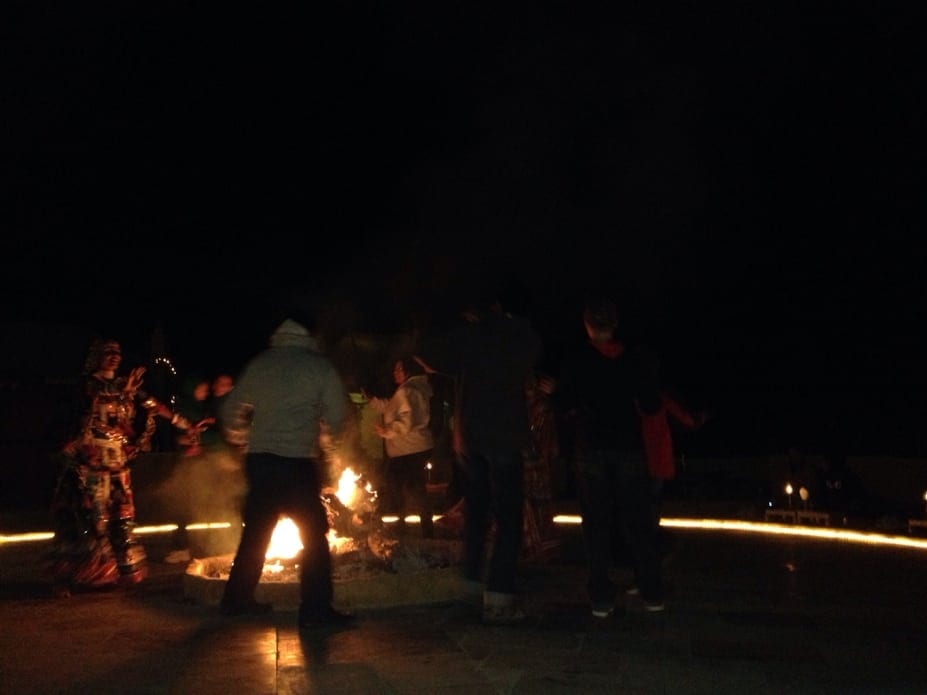
When the dancers came back out, they asked people from the audience to dance with them. I got up. What do you know so did Sean. Good for him.
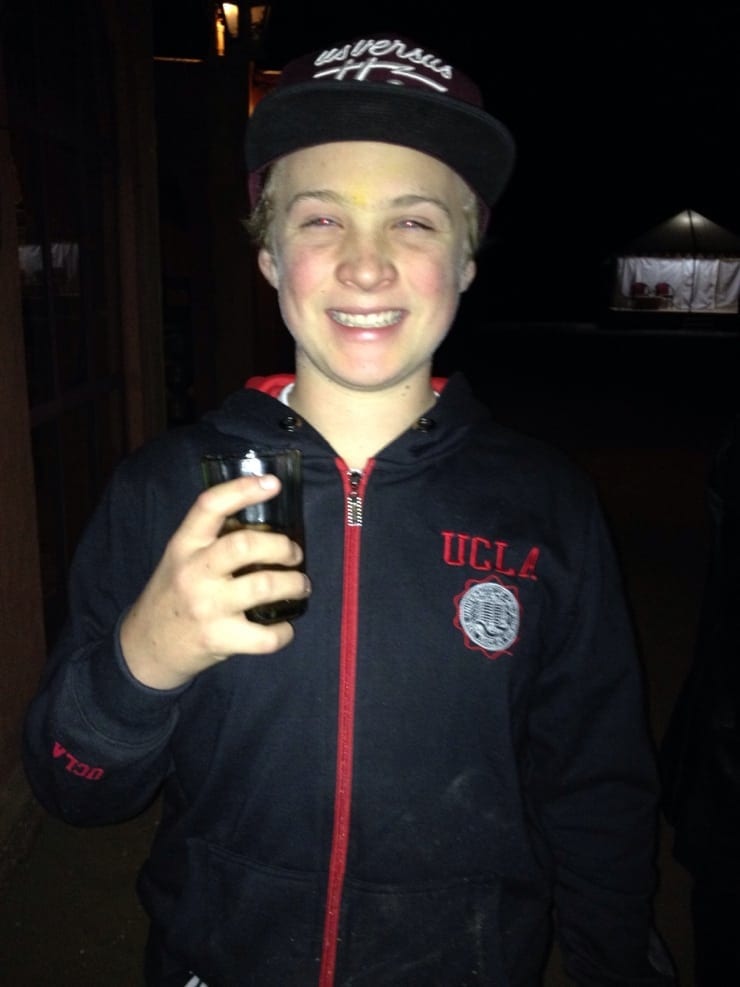
Sean has had a persistent cough. One of the staff made him a local cough remedy that had a little rum. Sean drank it over the course of the evening, and did cough a lot less. He was a bit crispy from it, but very, very funny. I went to bed on that note. Sean stayed up and hung out with Pooja.
It was cold in the desert. I wore every article of clothing I had with me to sleep that night. Most of my clothes were back at 1st Gate, the homestay we were going backp to in Jaisalmer. As I lay snuggled between Sean and Jim in our tent, I realized this was as close to a scene from Arabian Nights as I was likely to ever get.

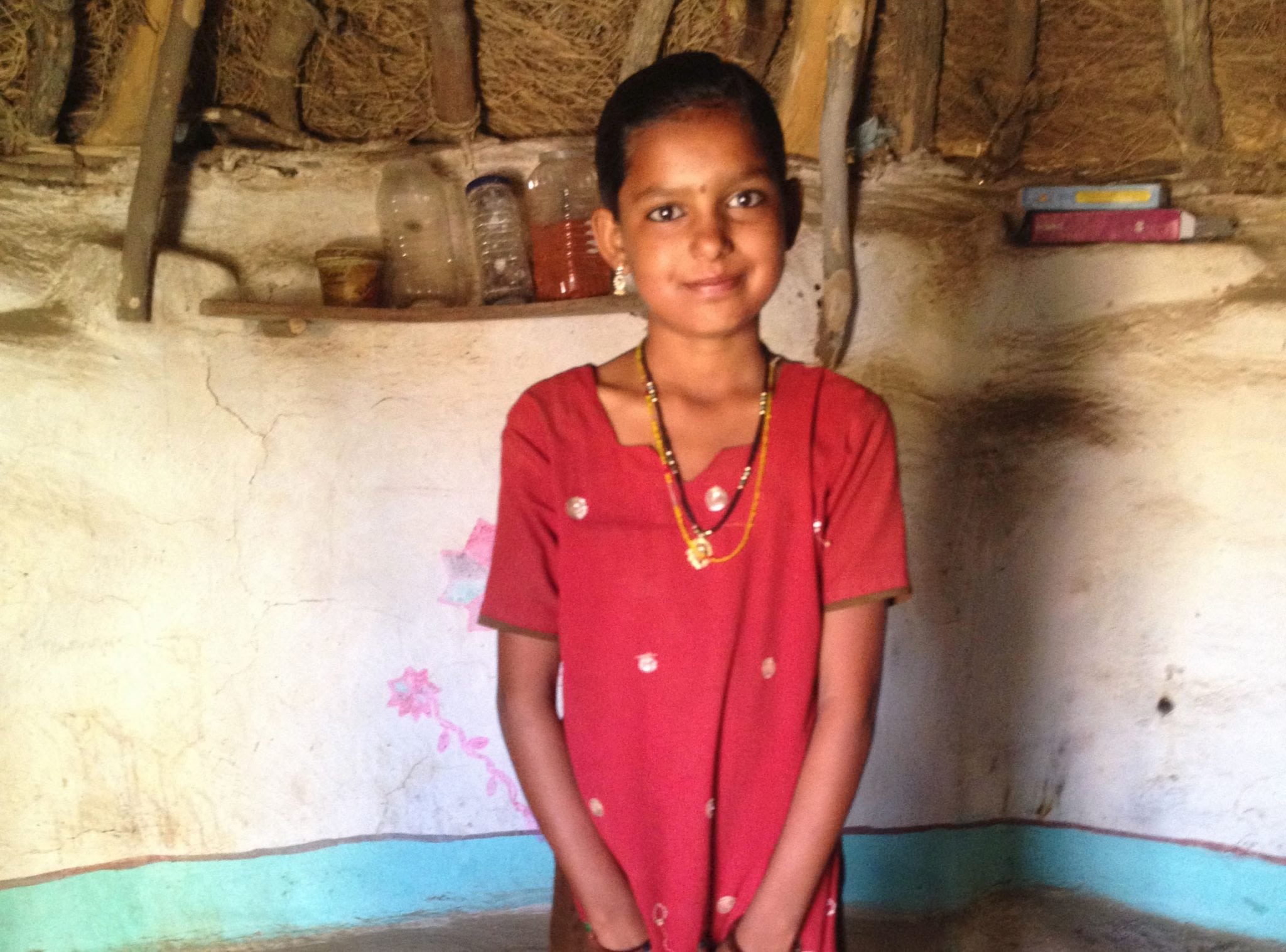
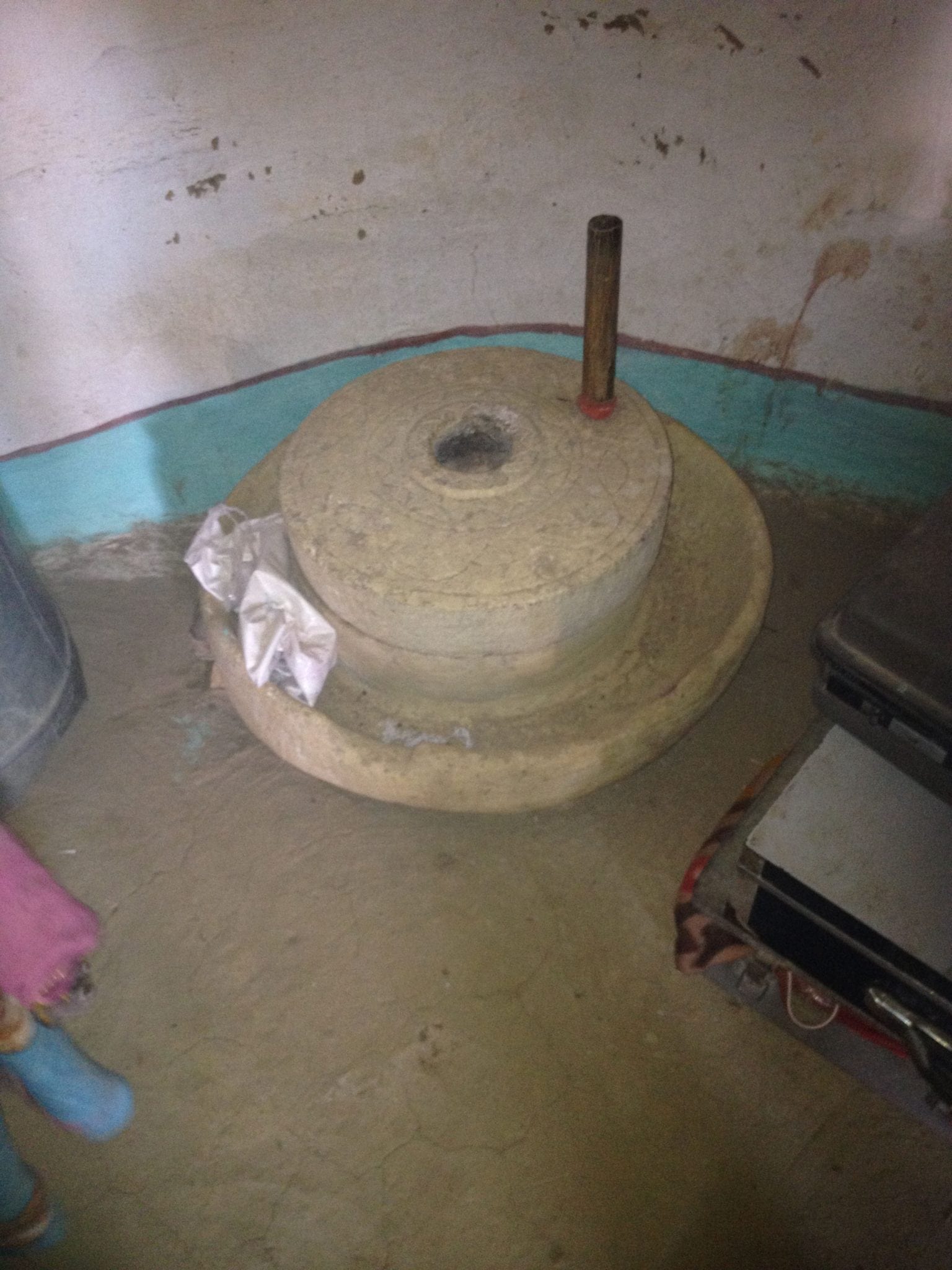
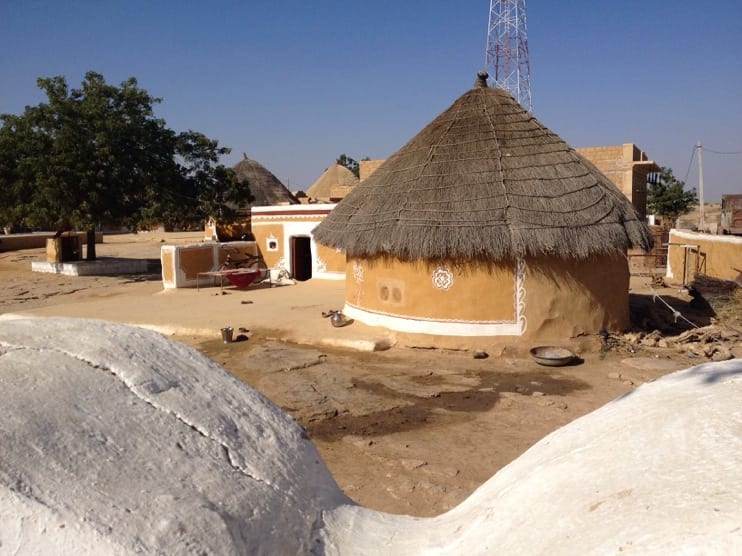
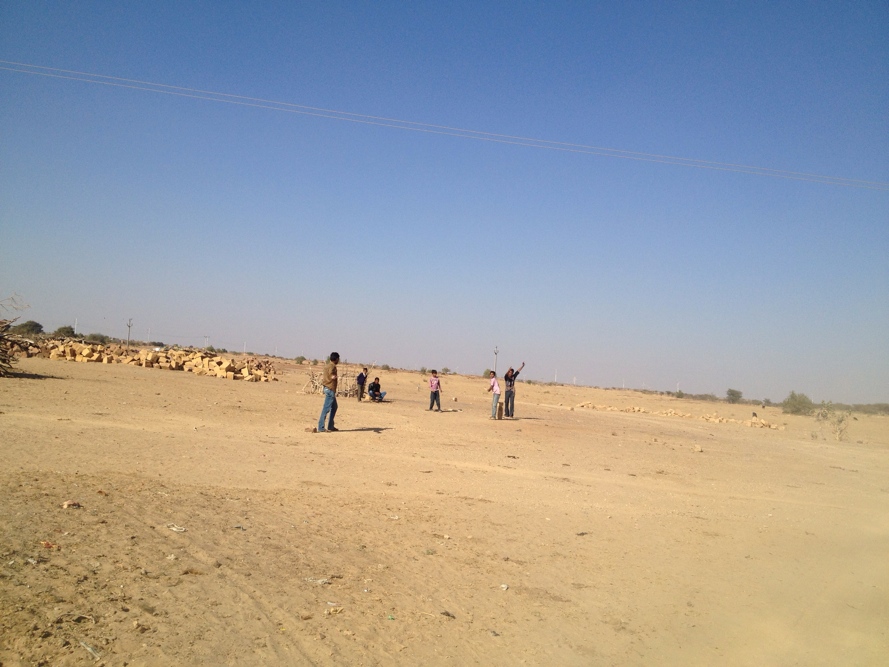
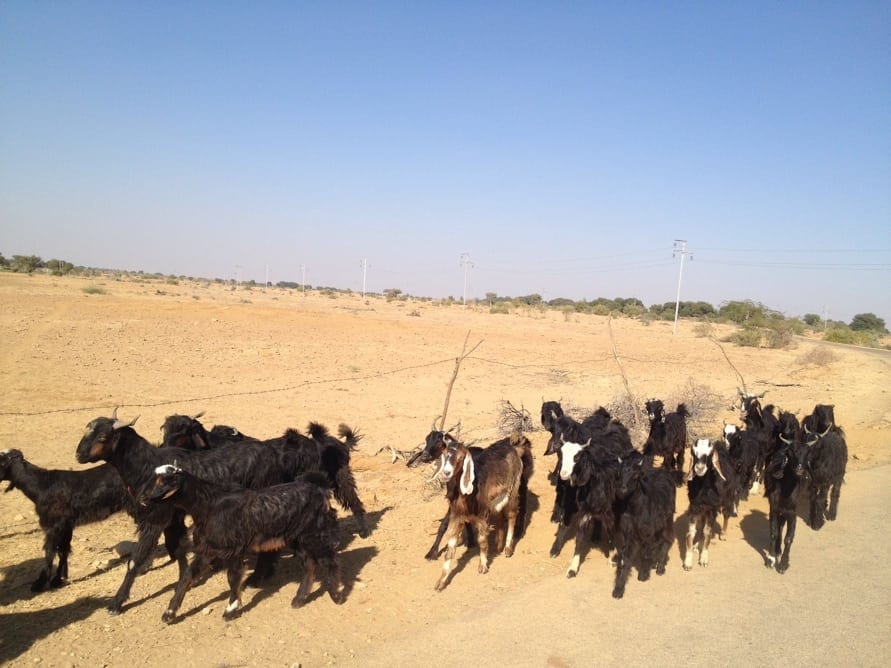

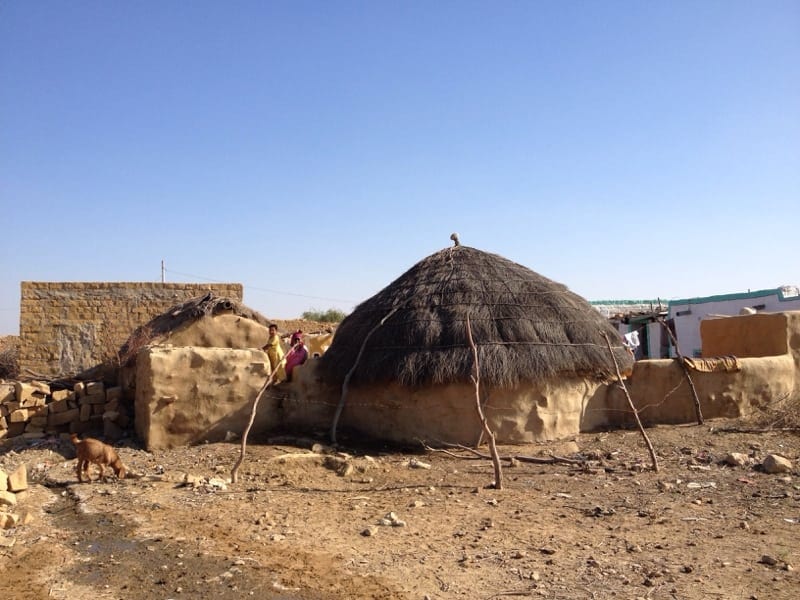
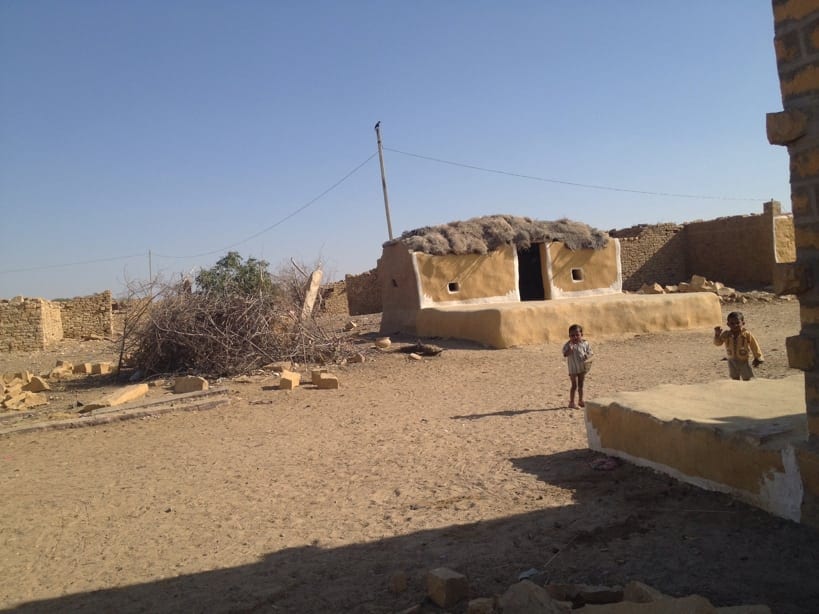

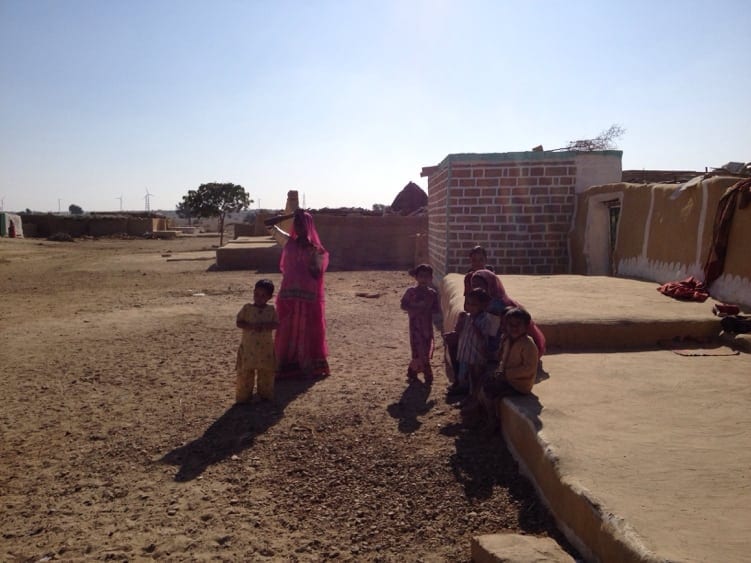

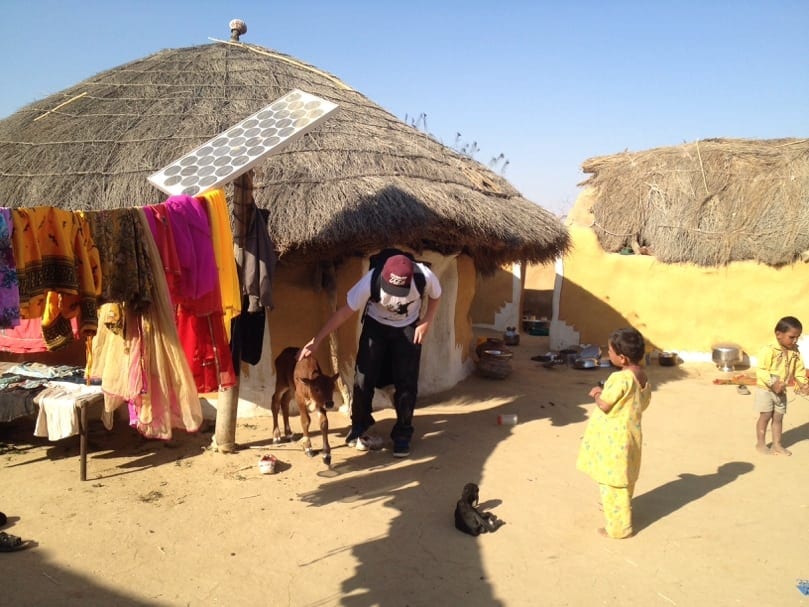
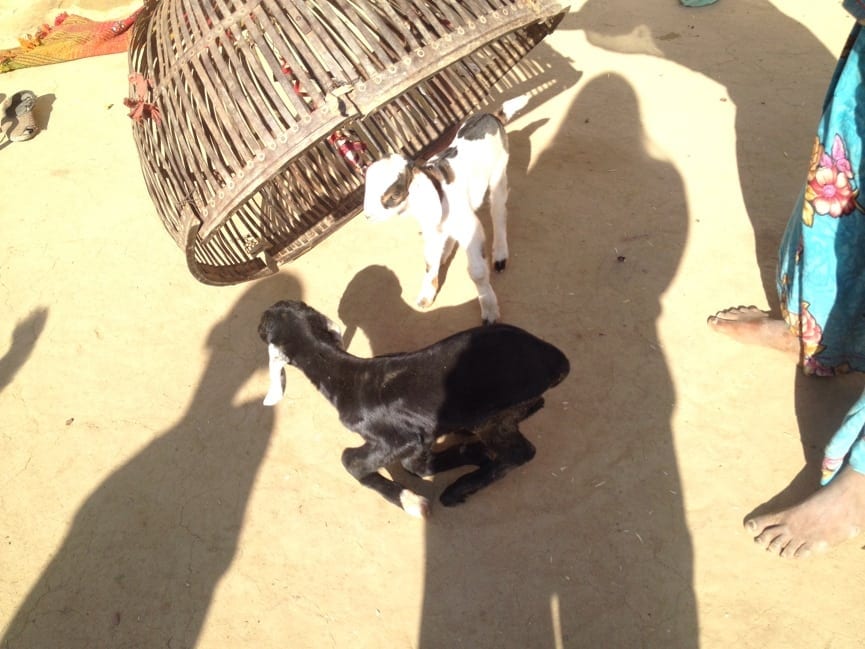
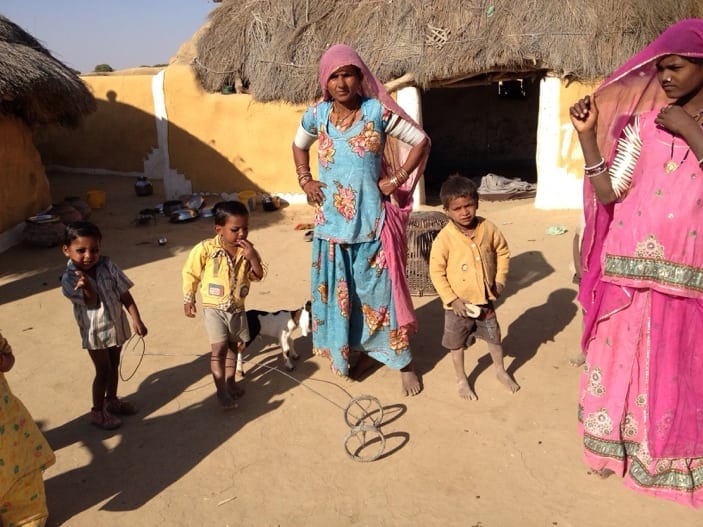

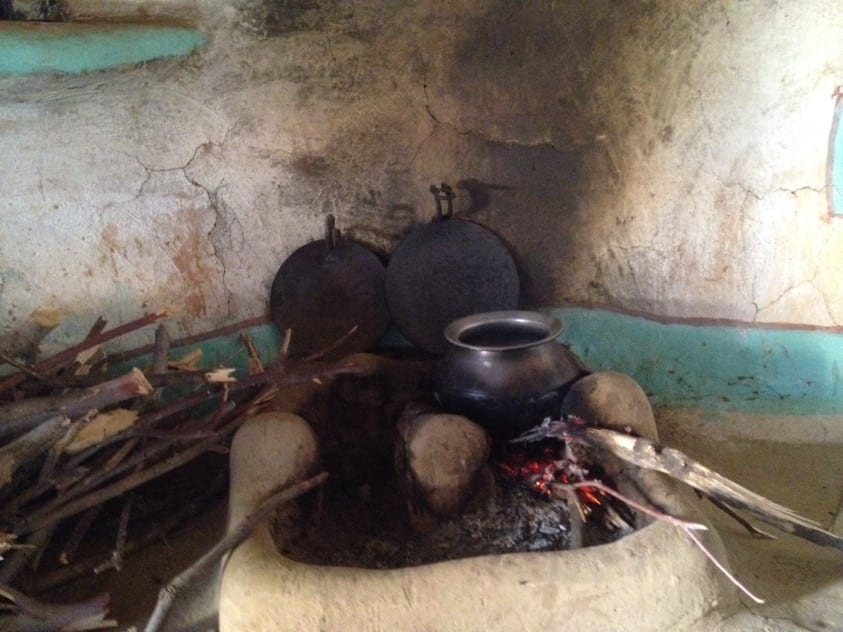
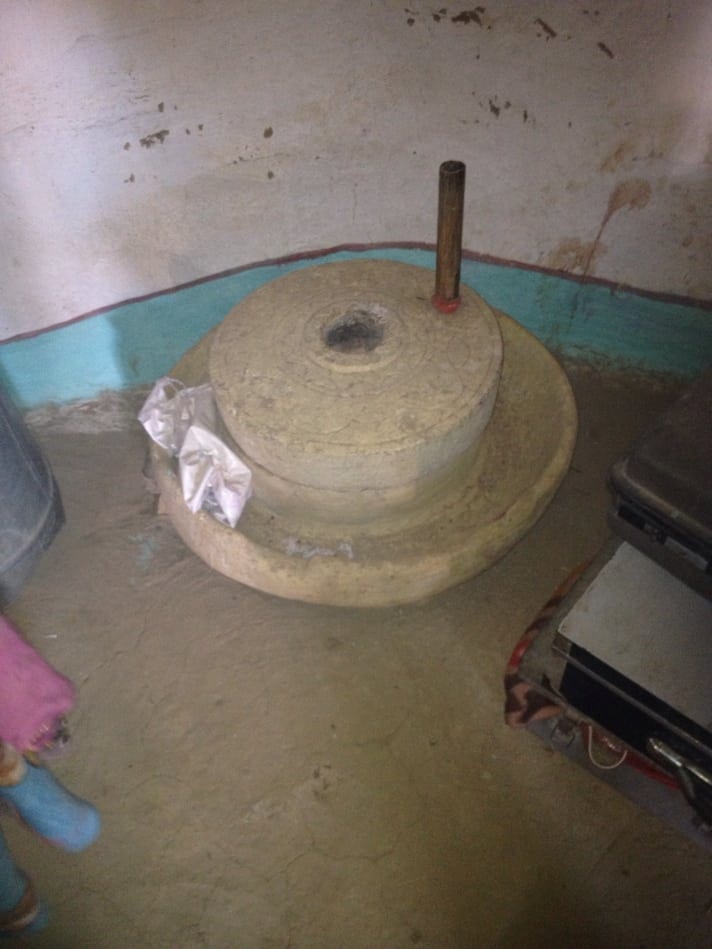
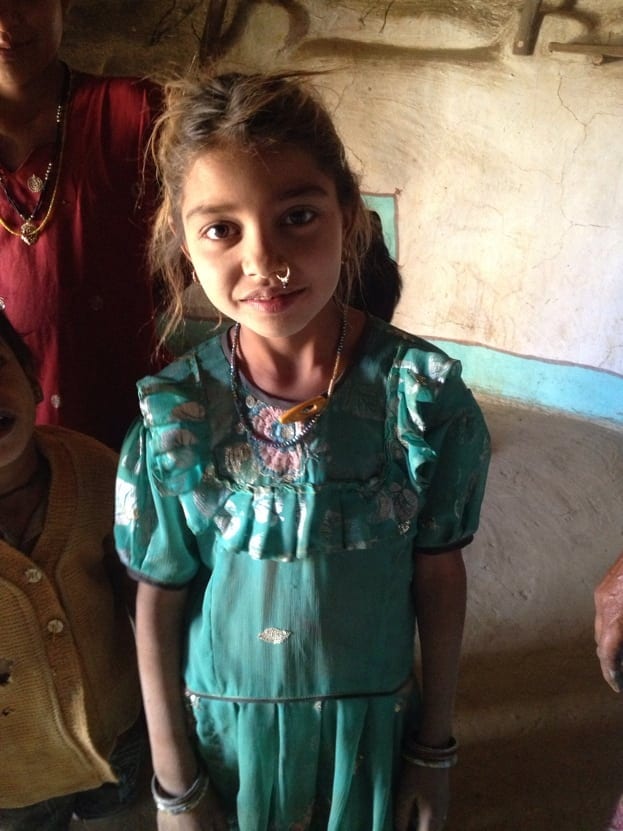
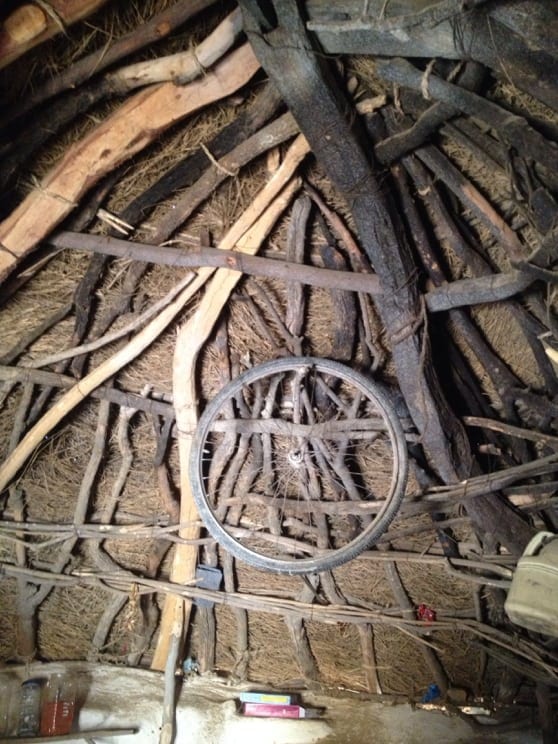
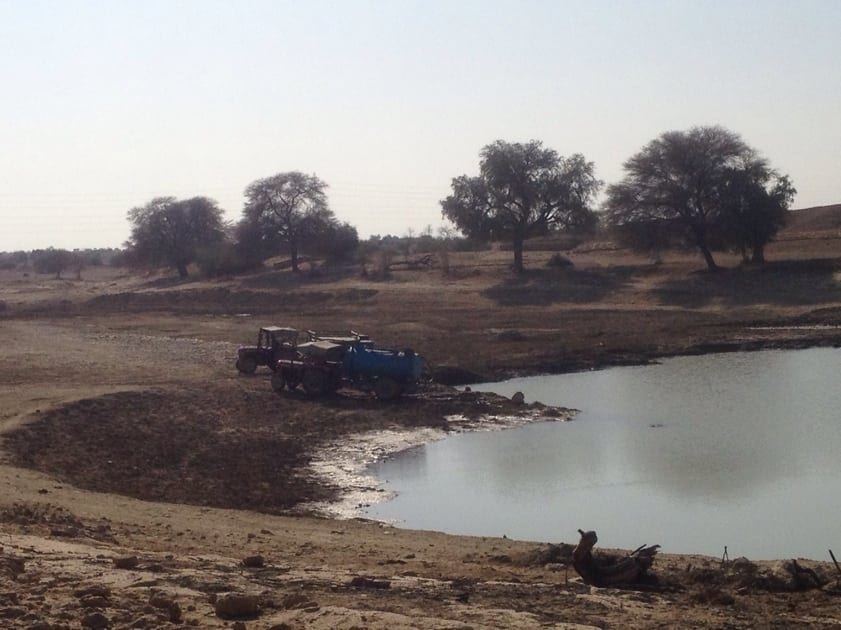
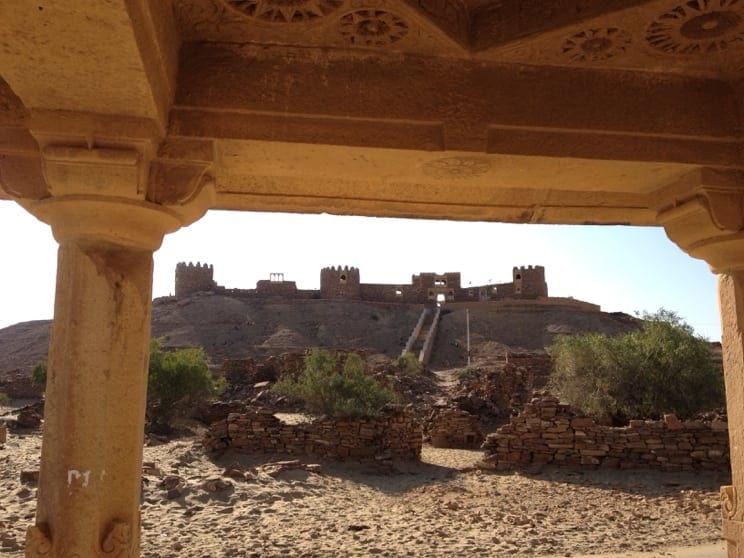

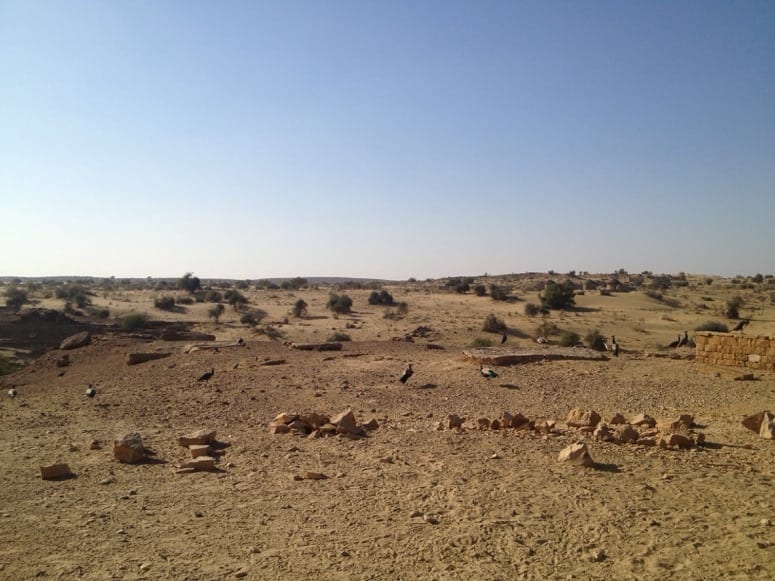

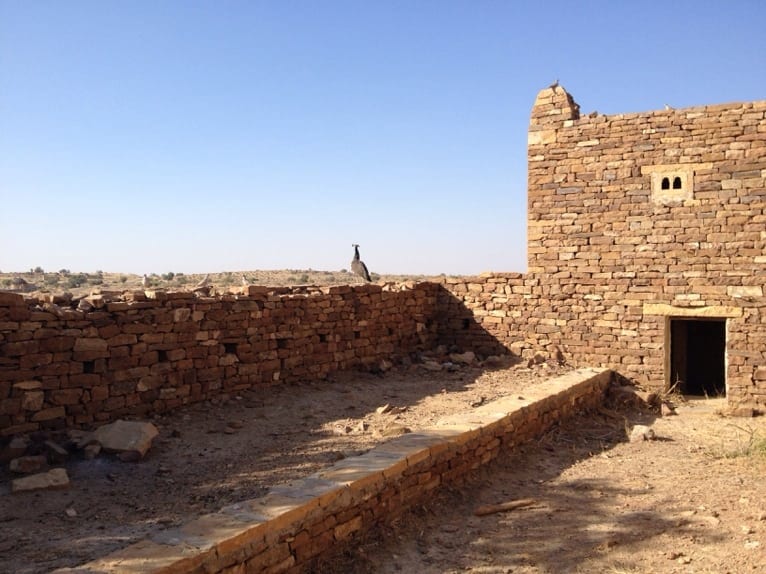
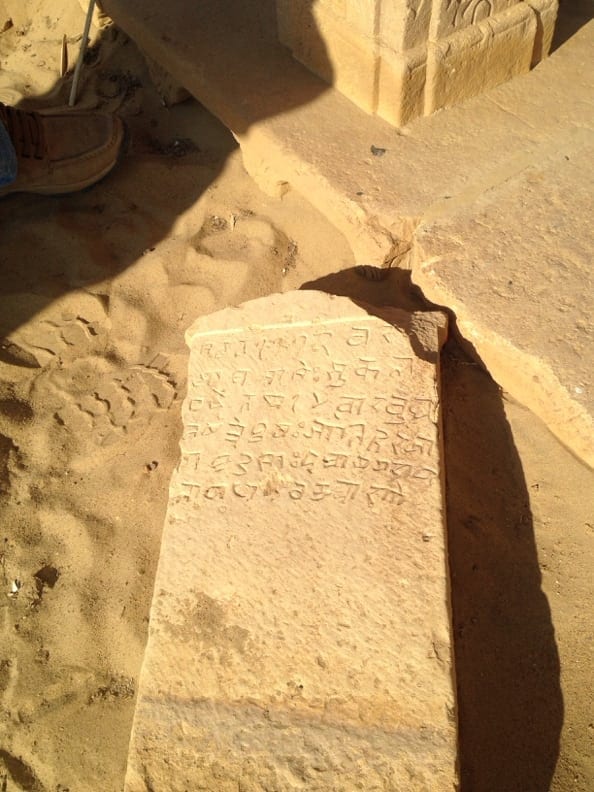
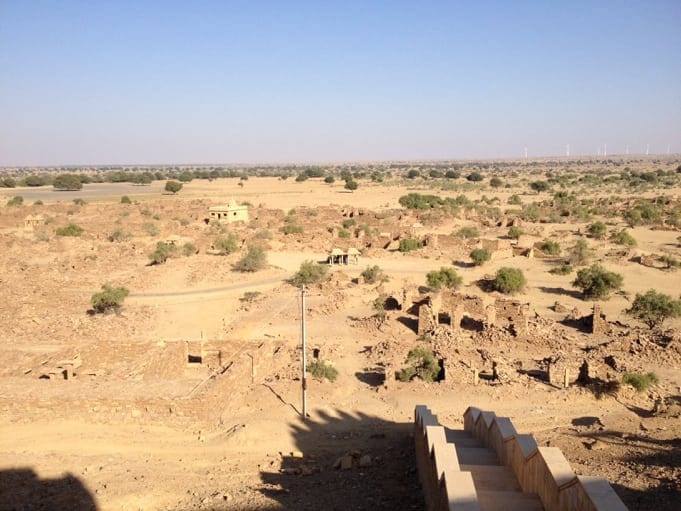
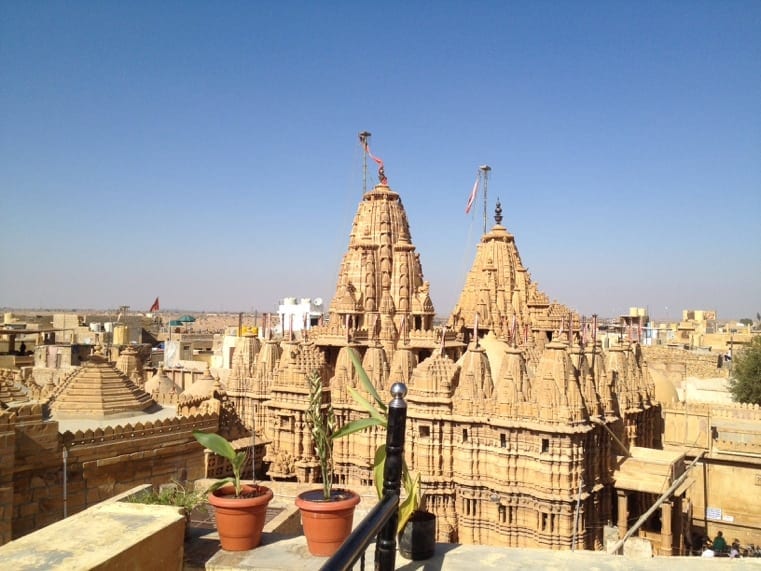
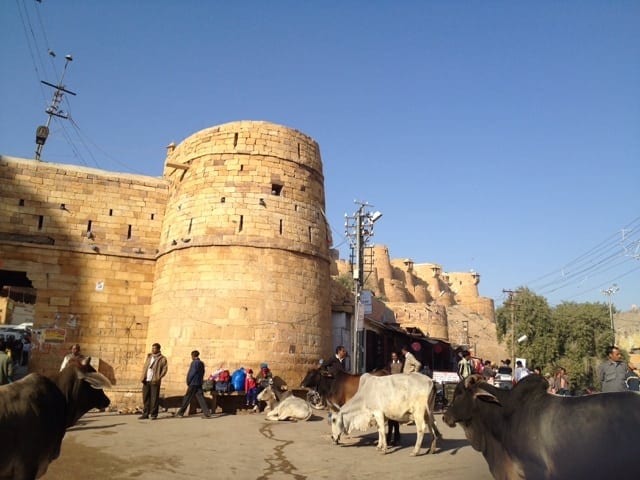
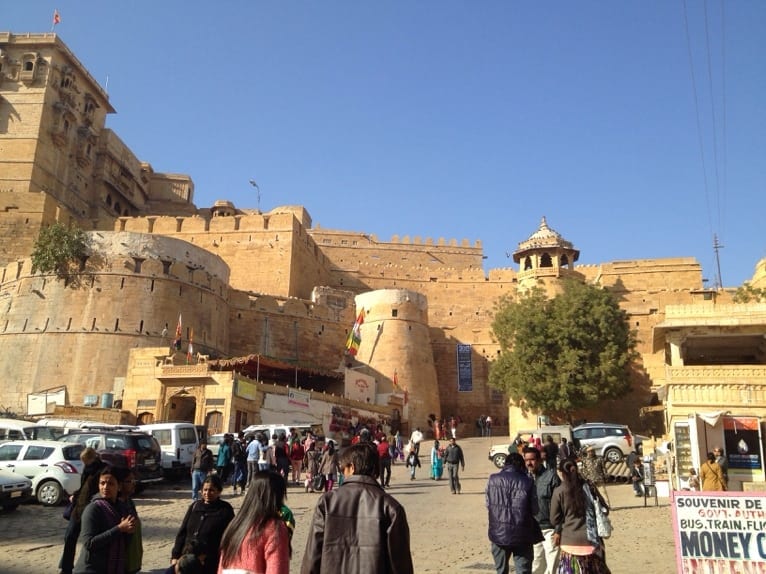
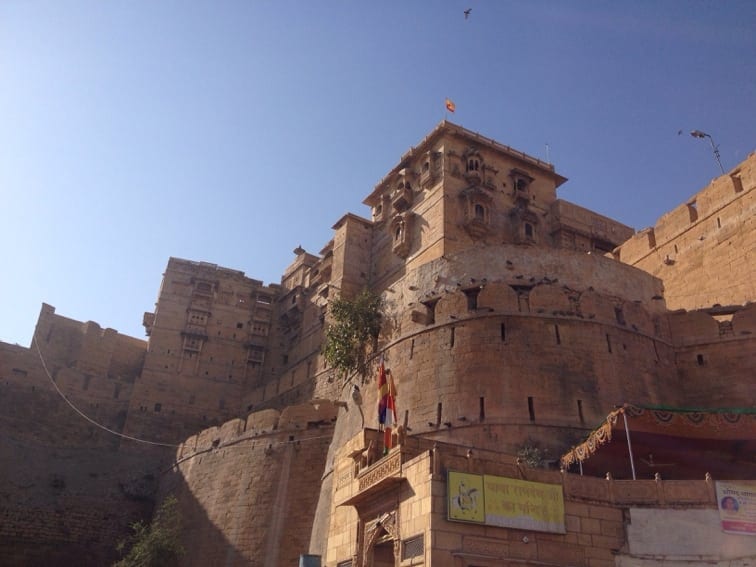
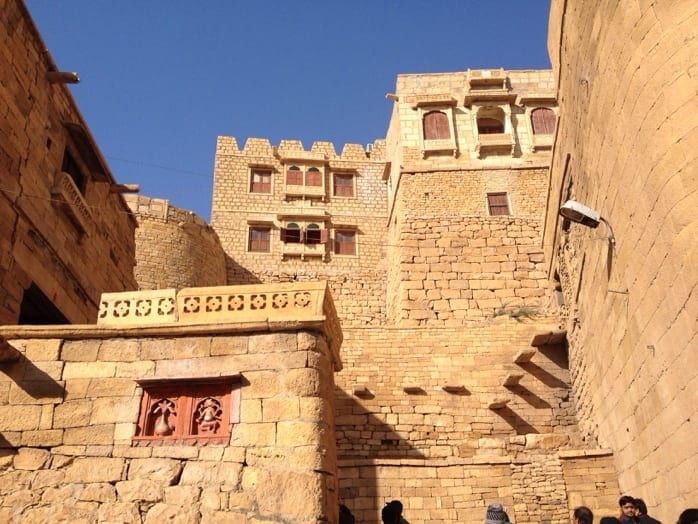
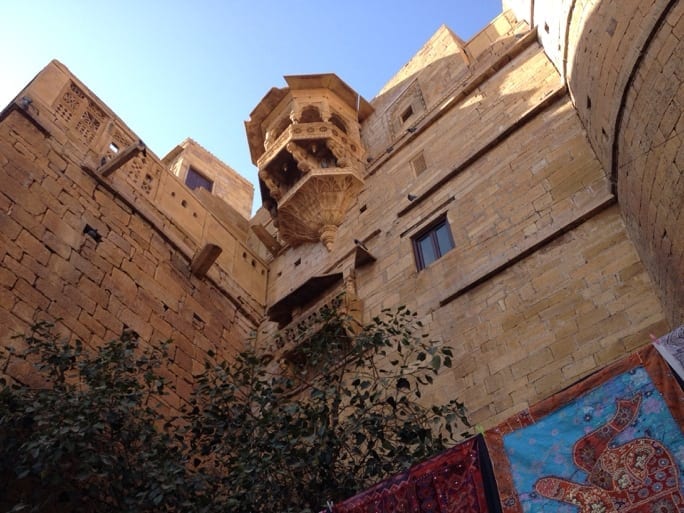
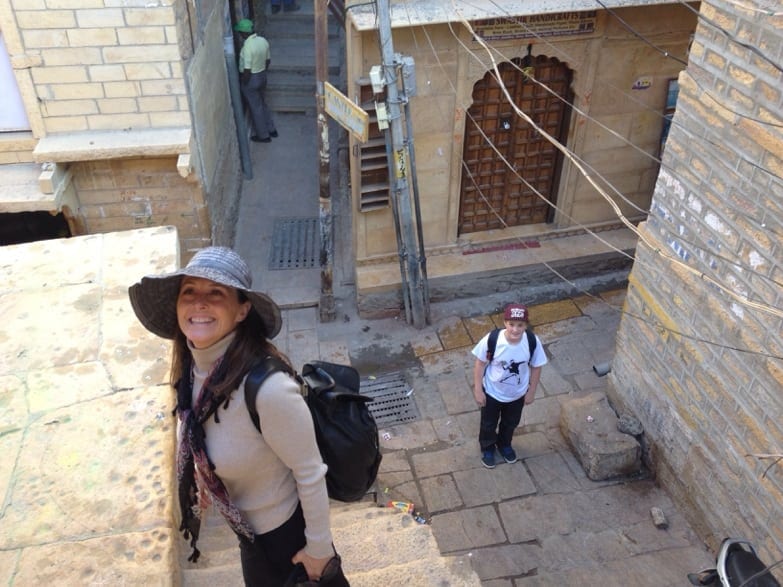

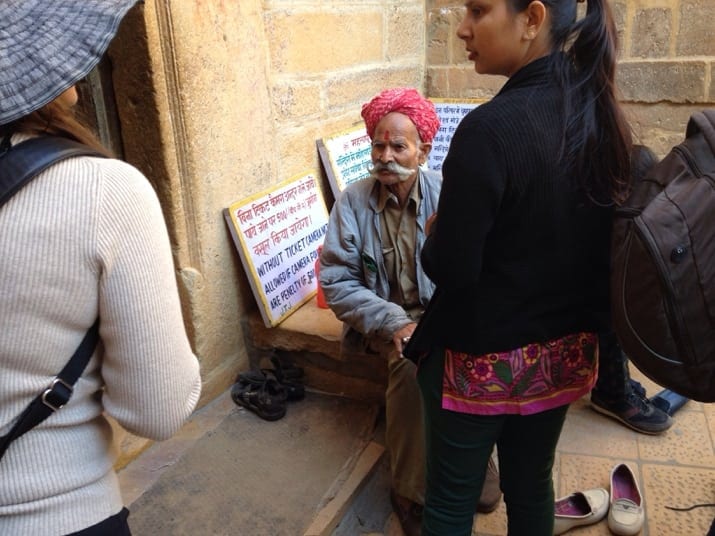
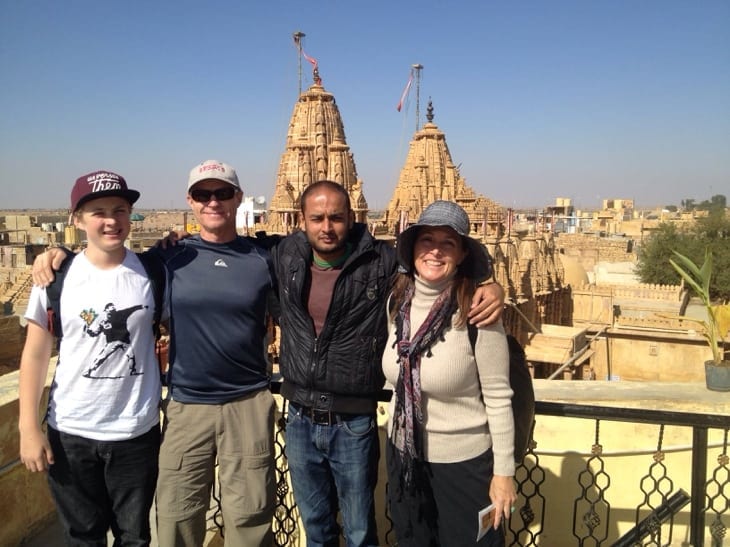
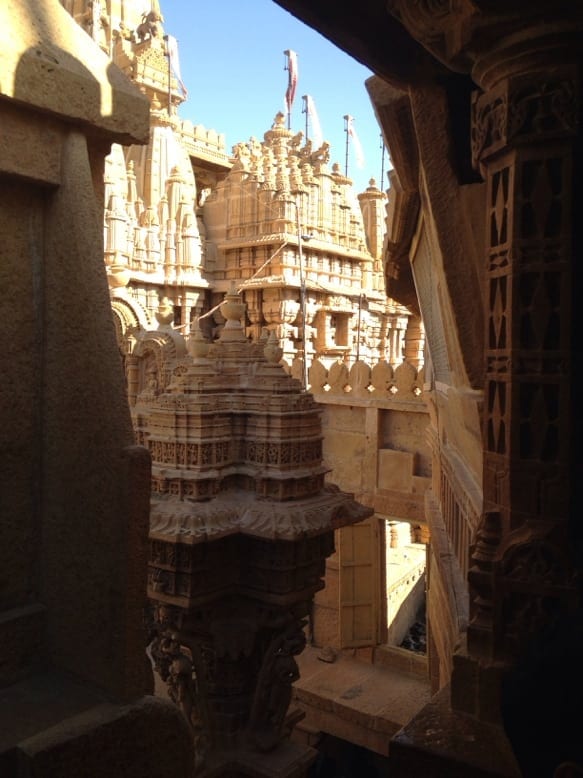
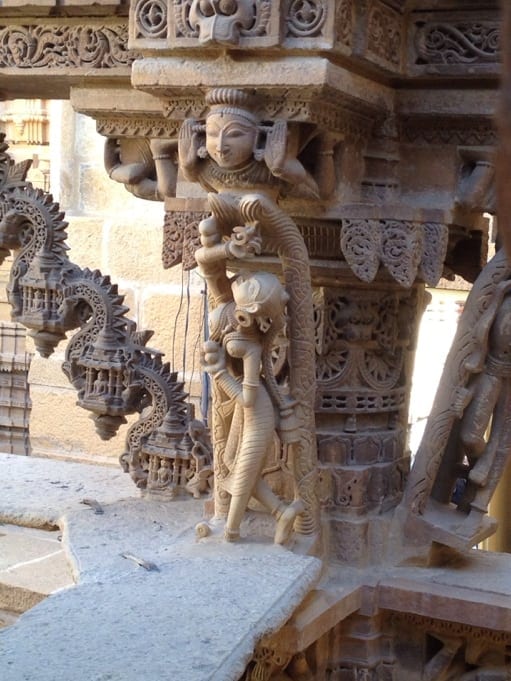
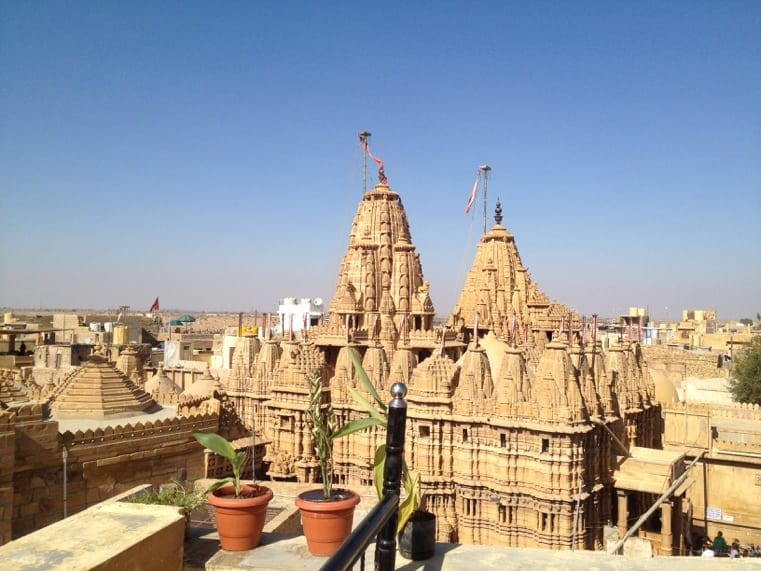

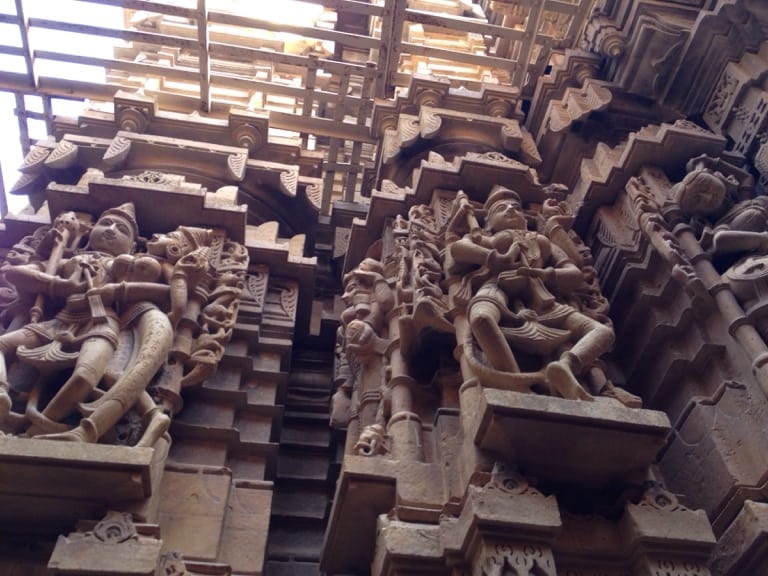

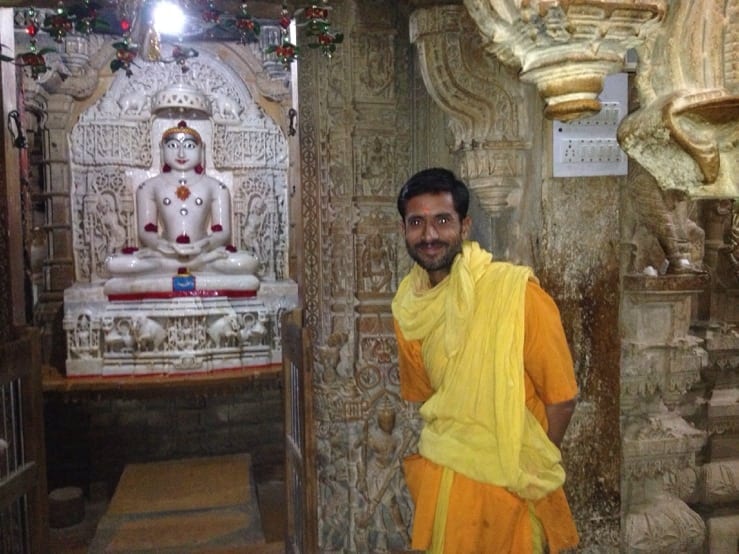
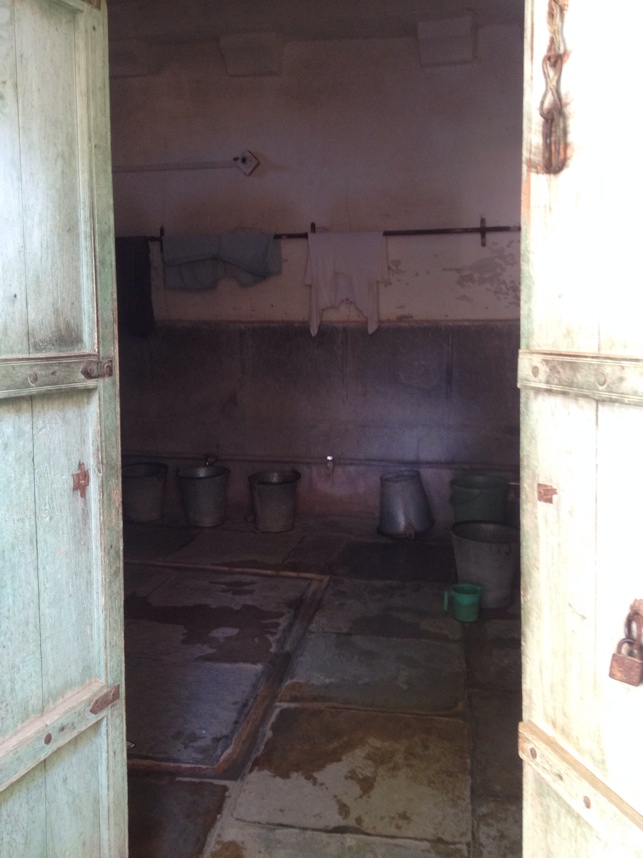
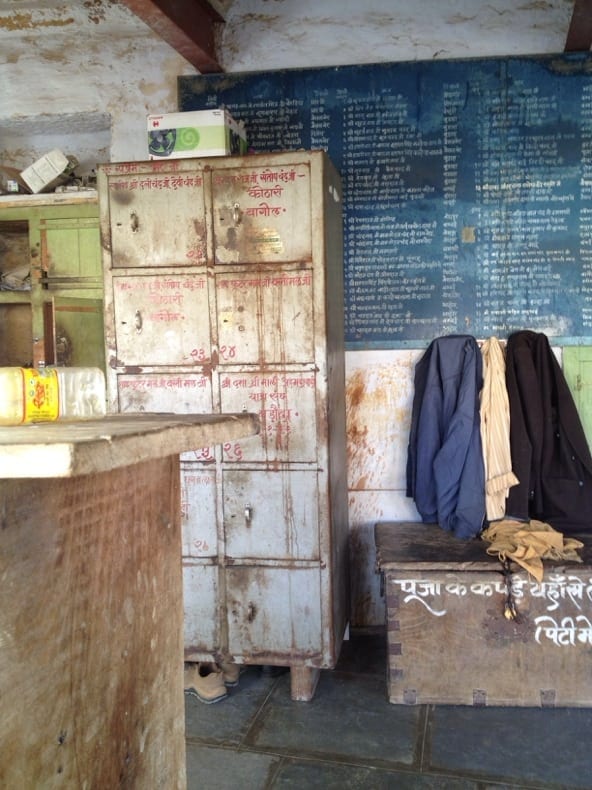
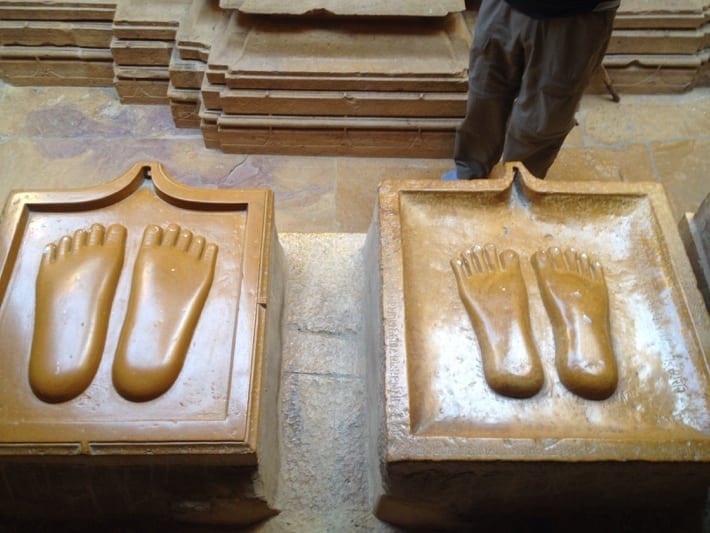
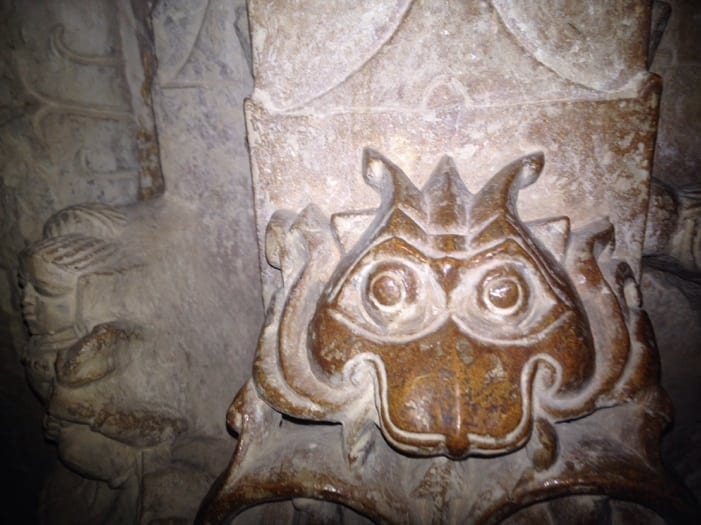
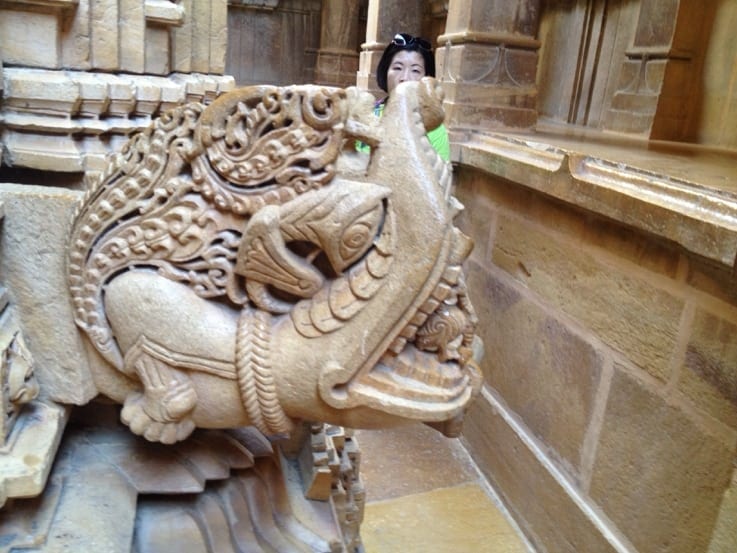
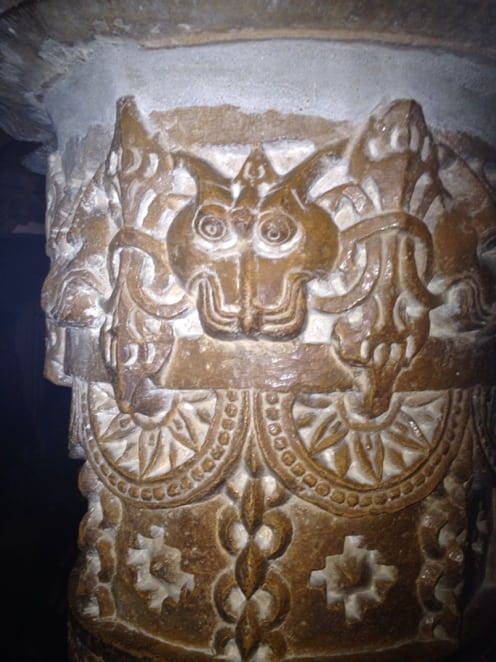

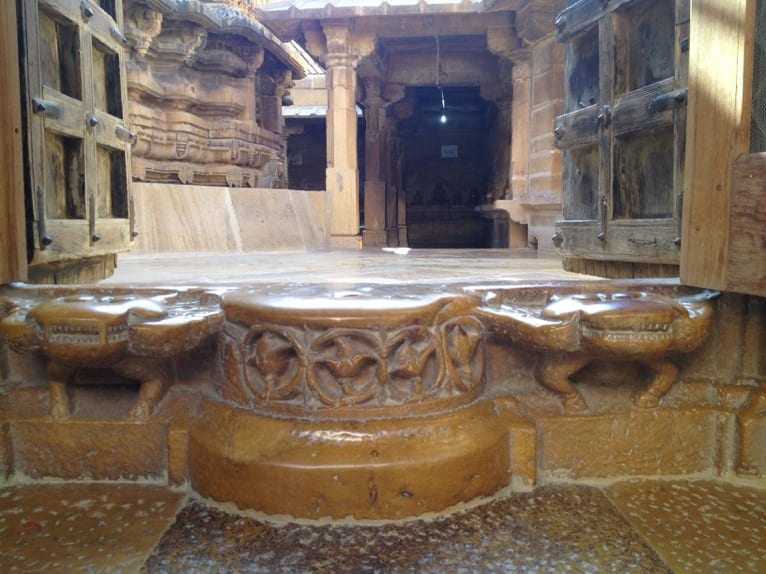

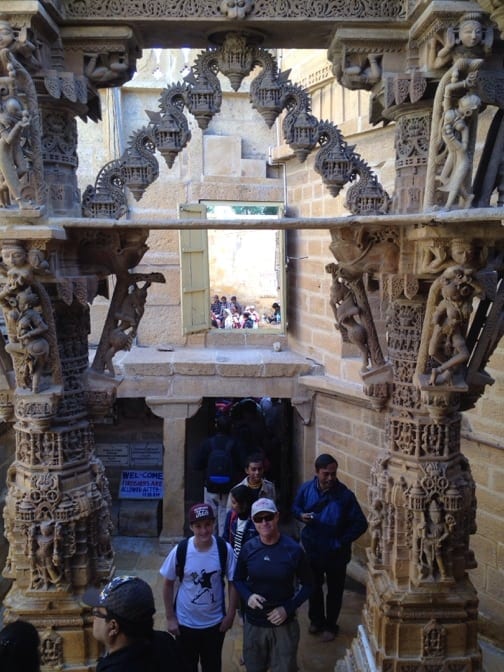

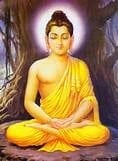
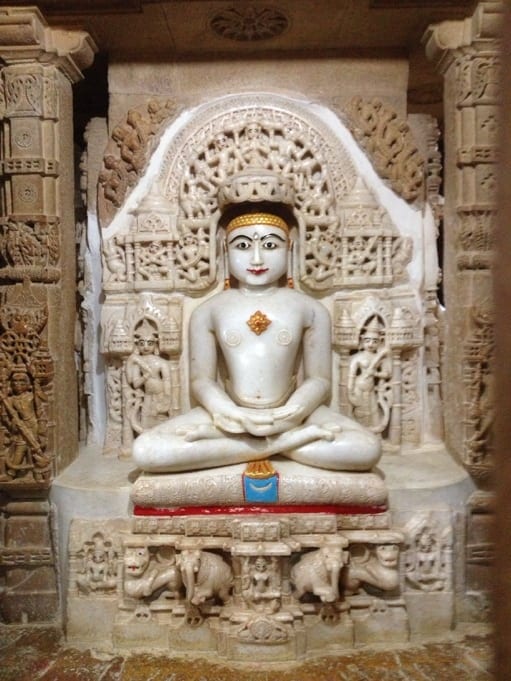
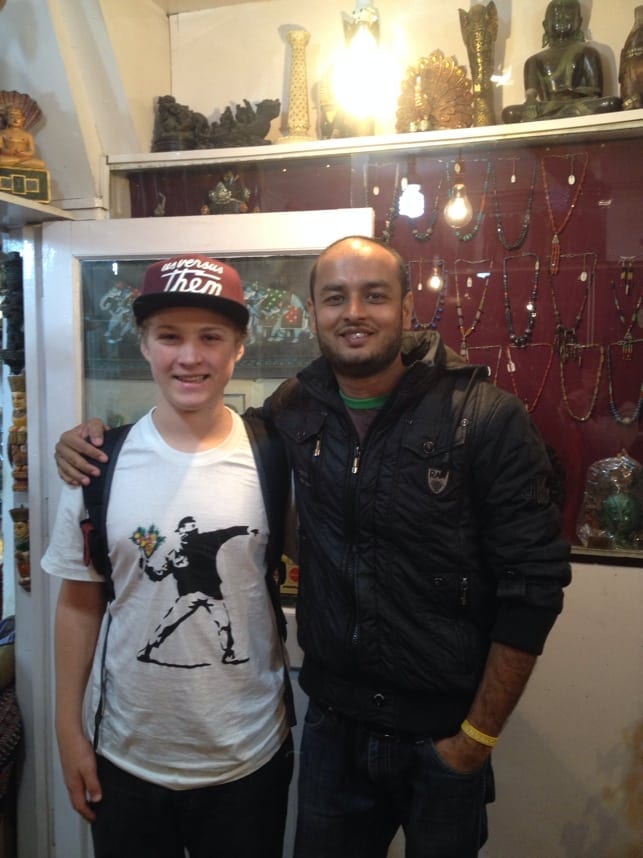

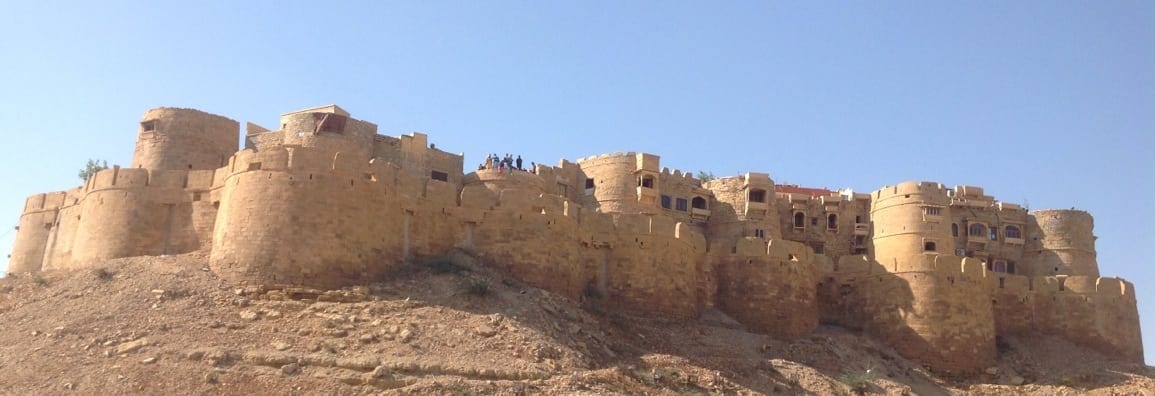

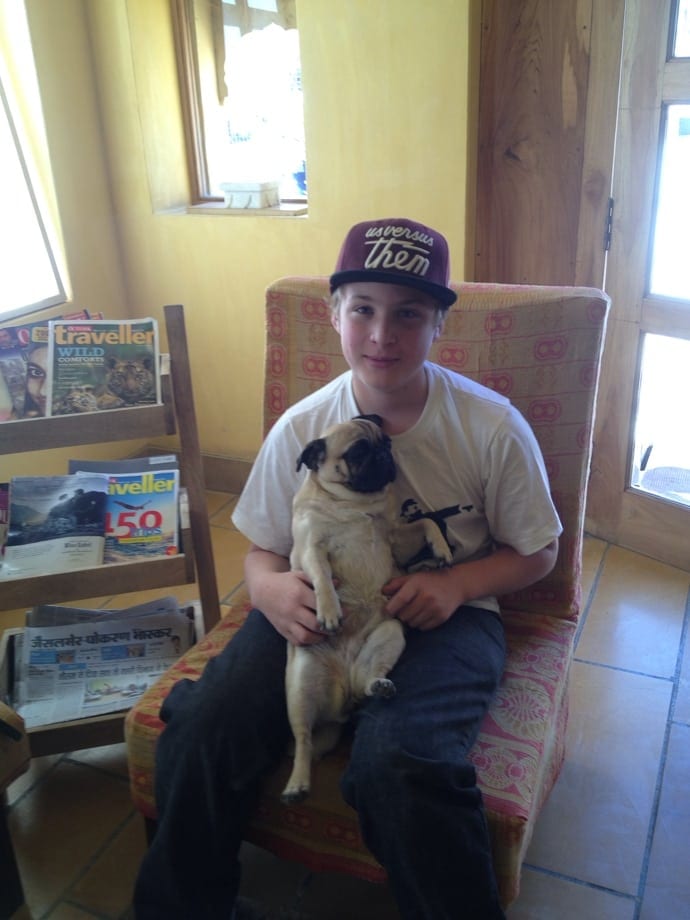
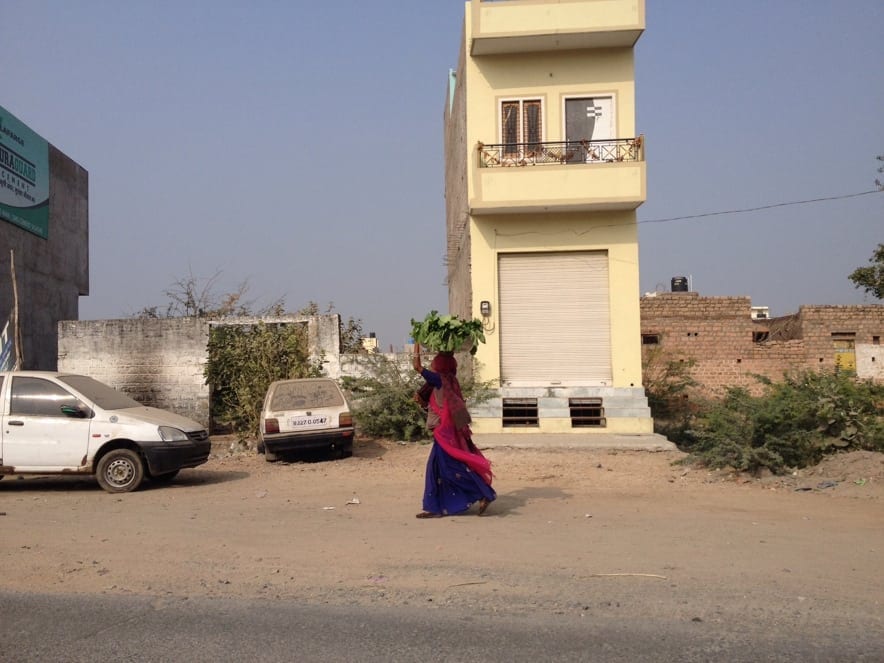
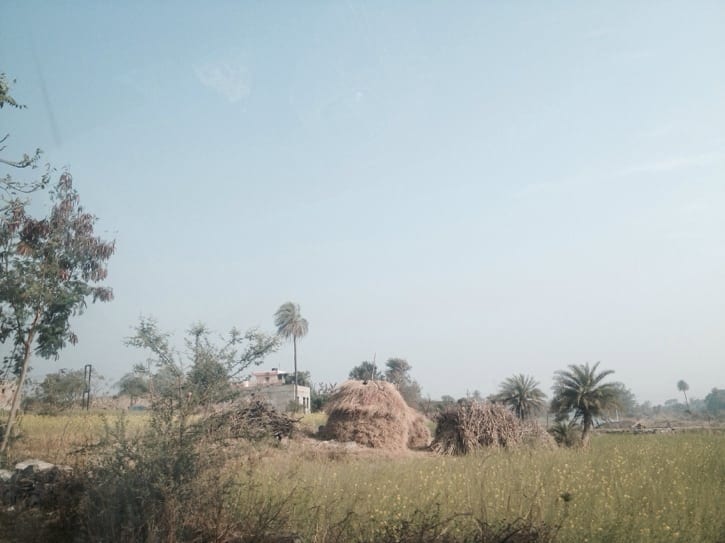
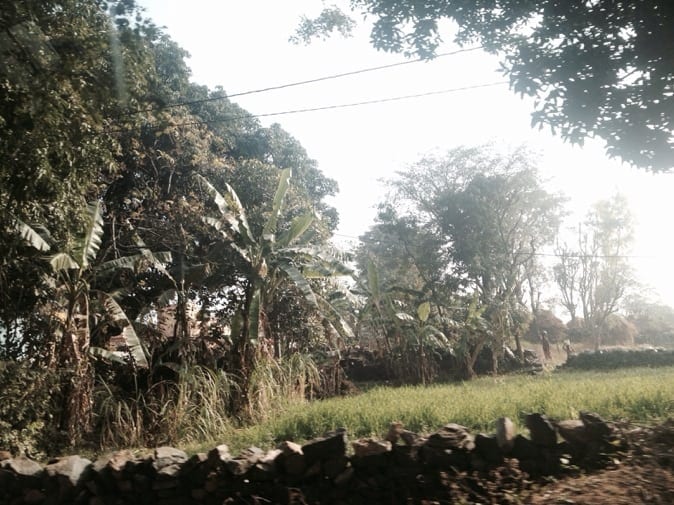
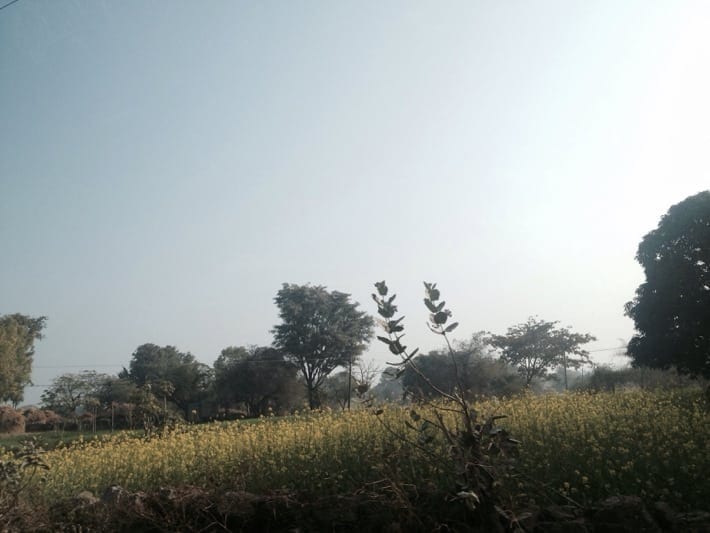
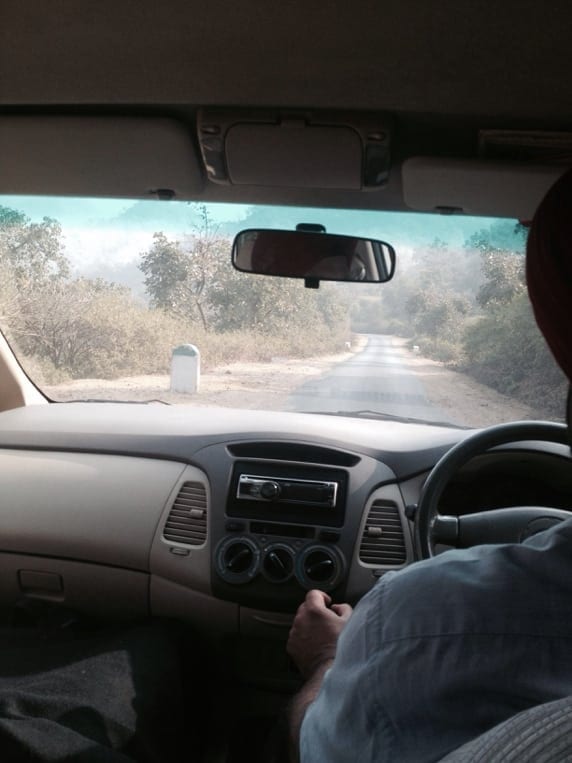
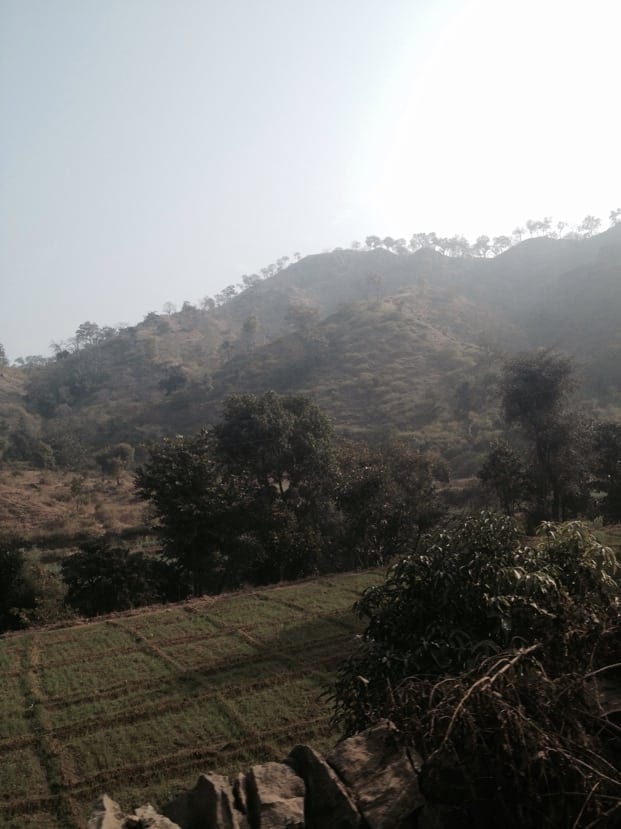
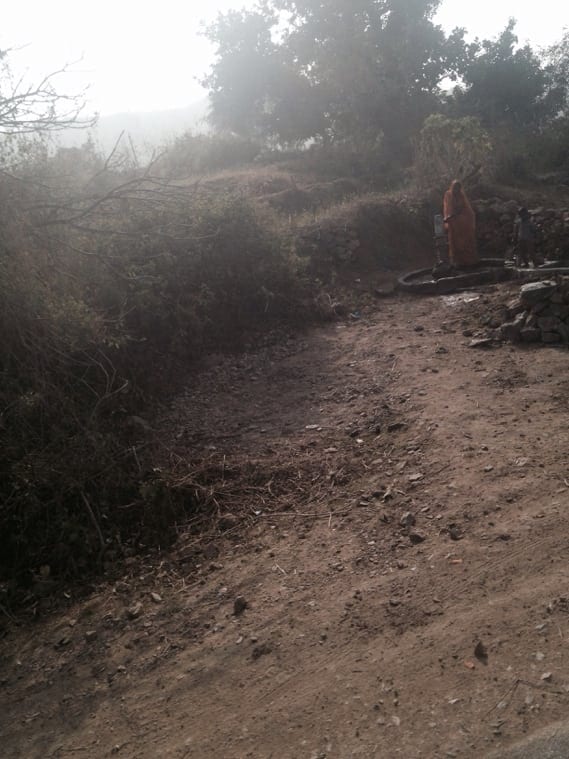
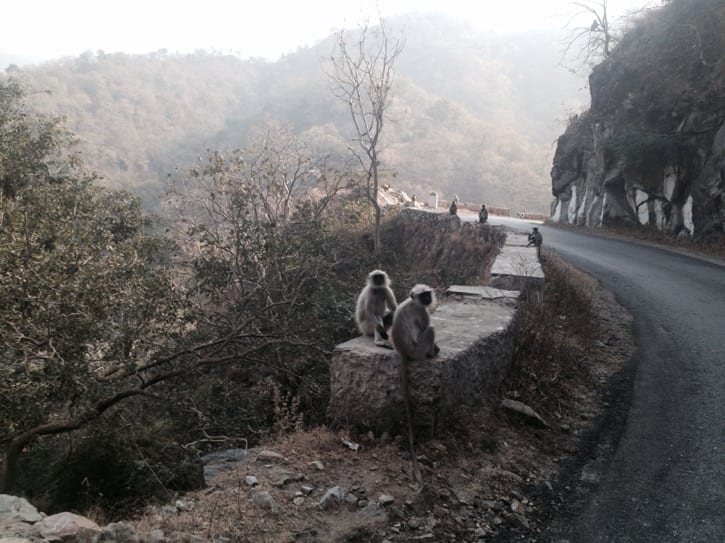
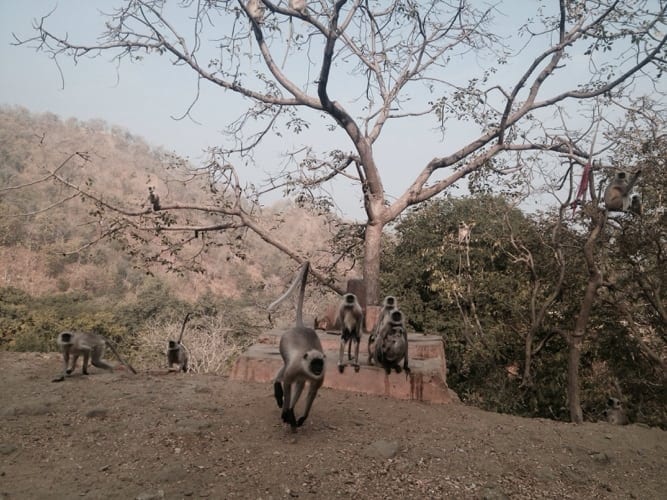

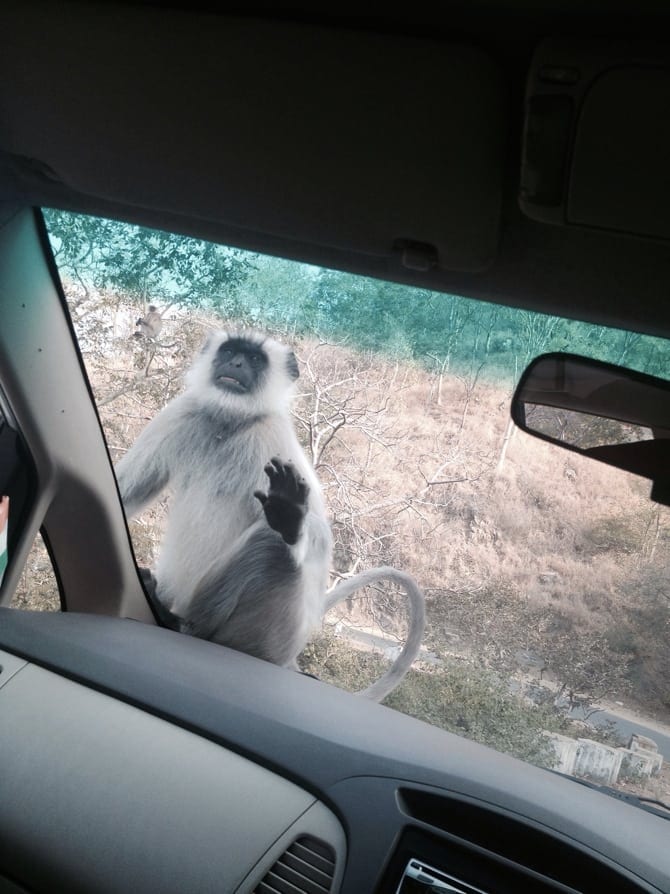
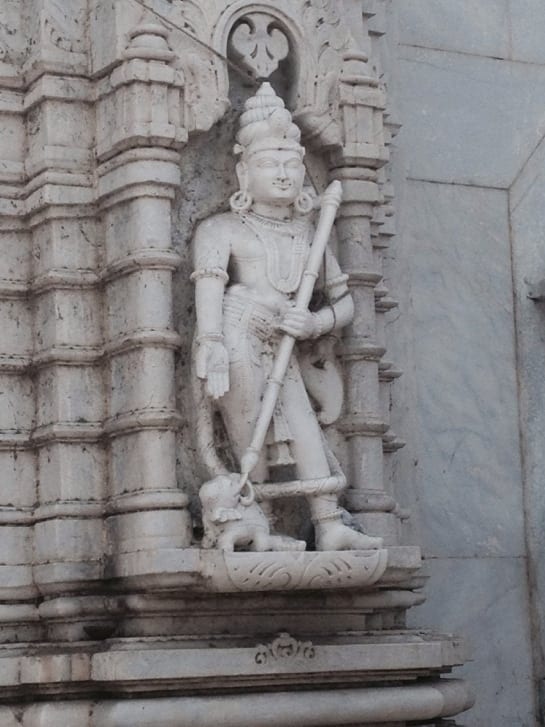

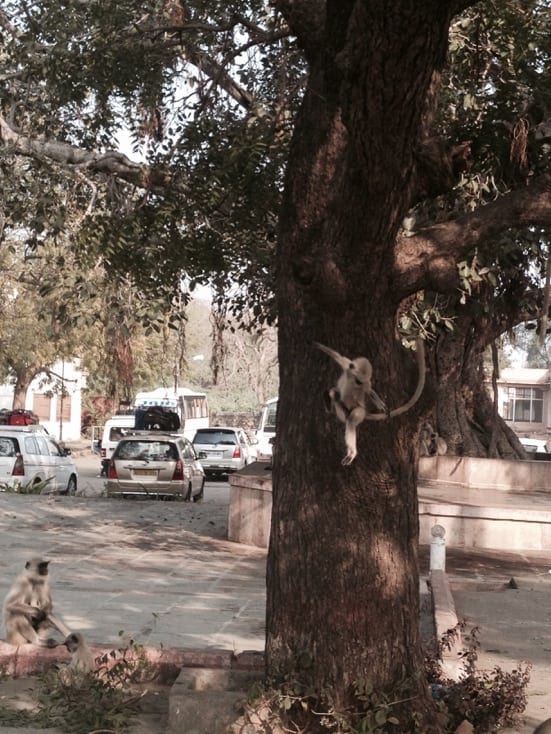

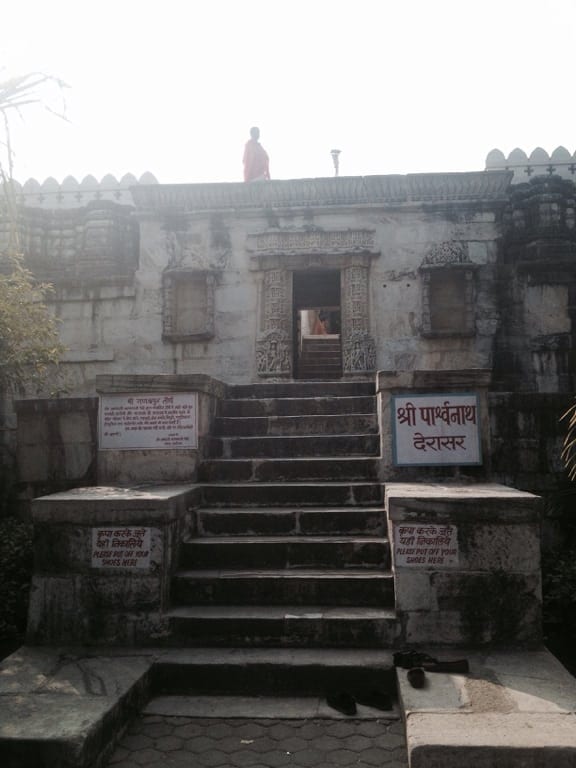

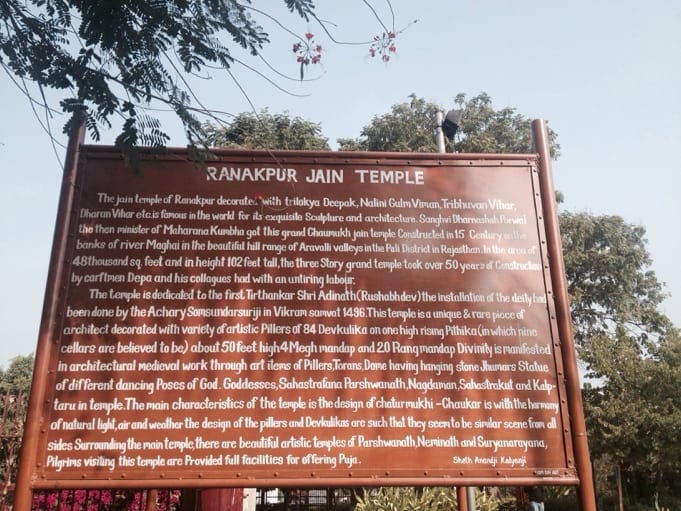

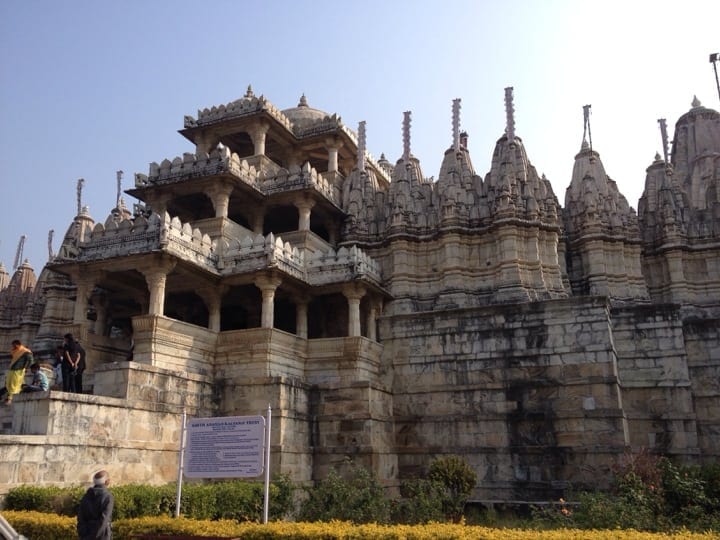
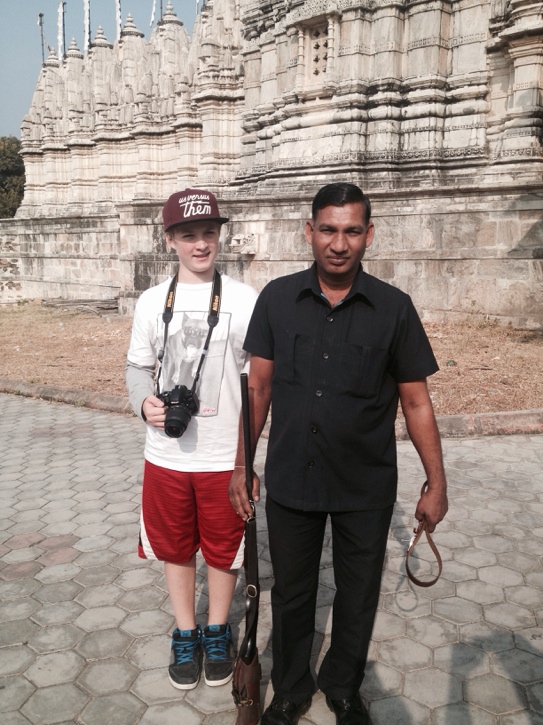
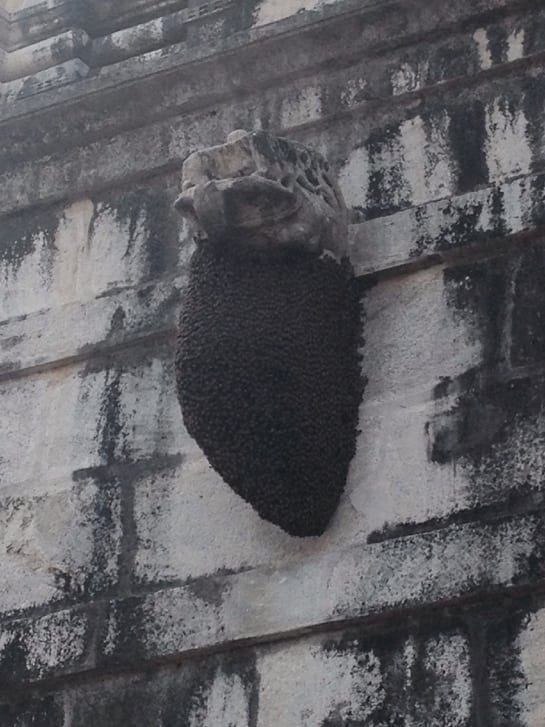
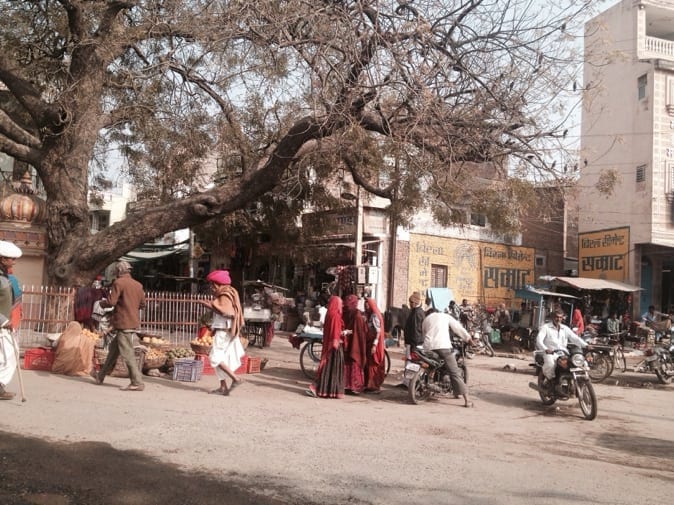
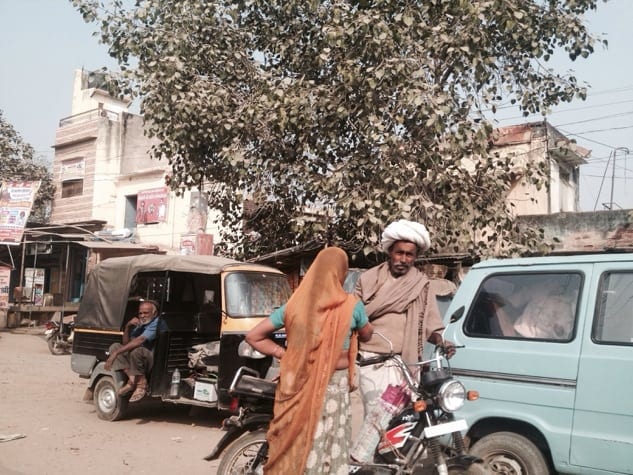

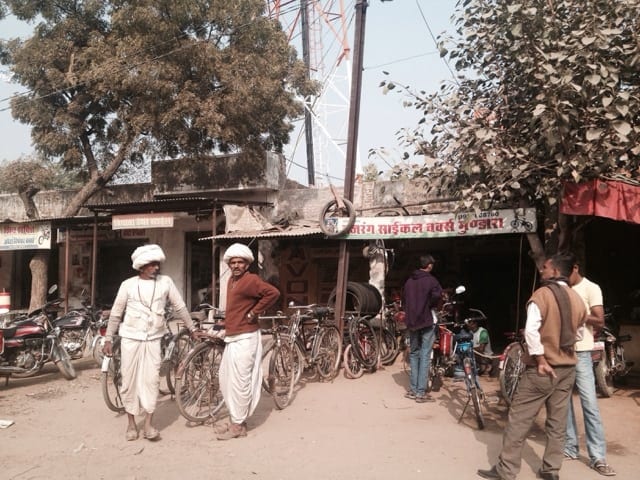

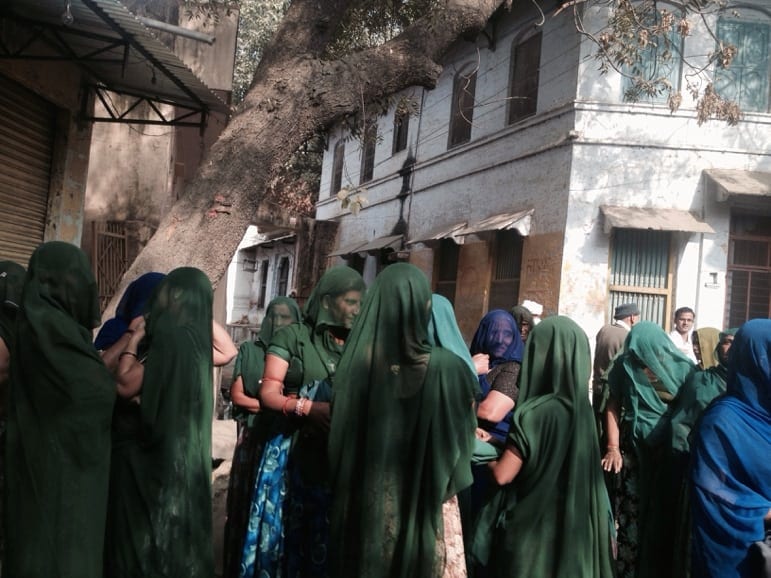
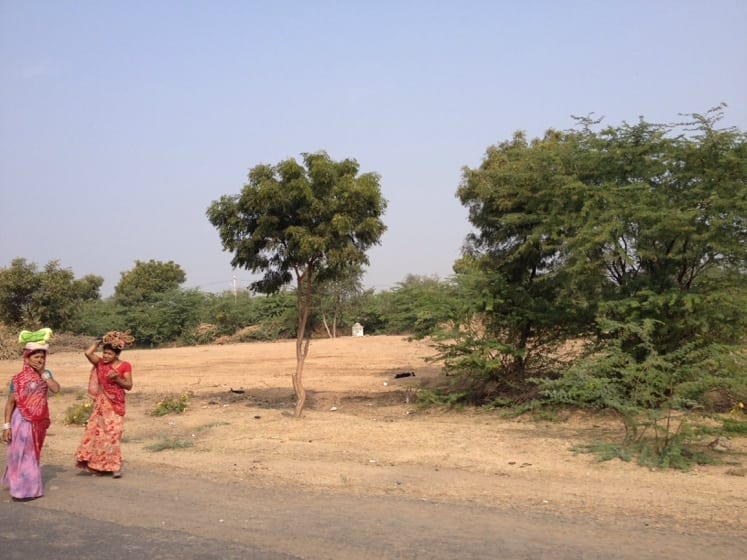
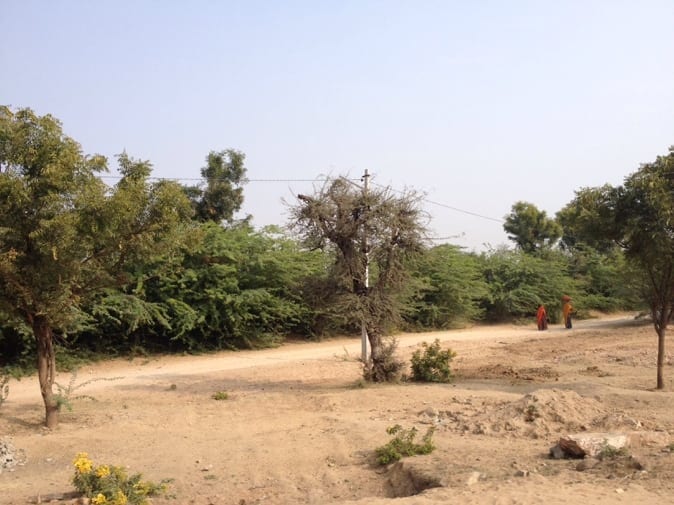
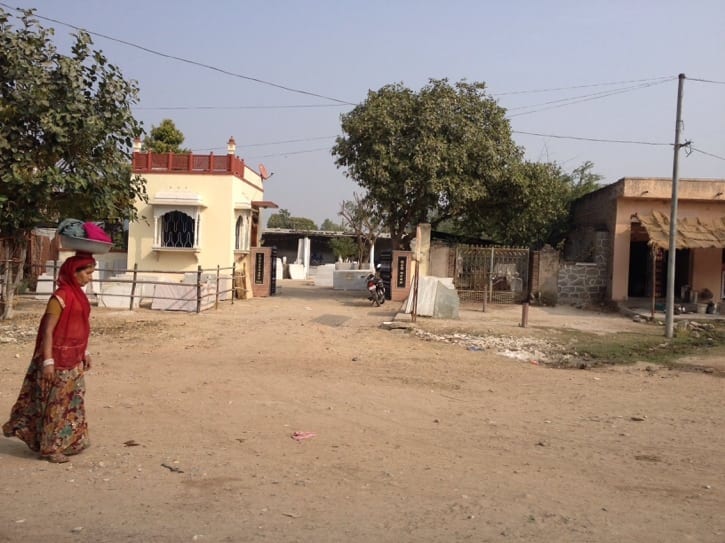
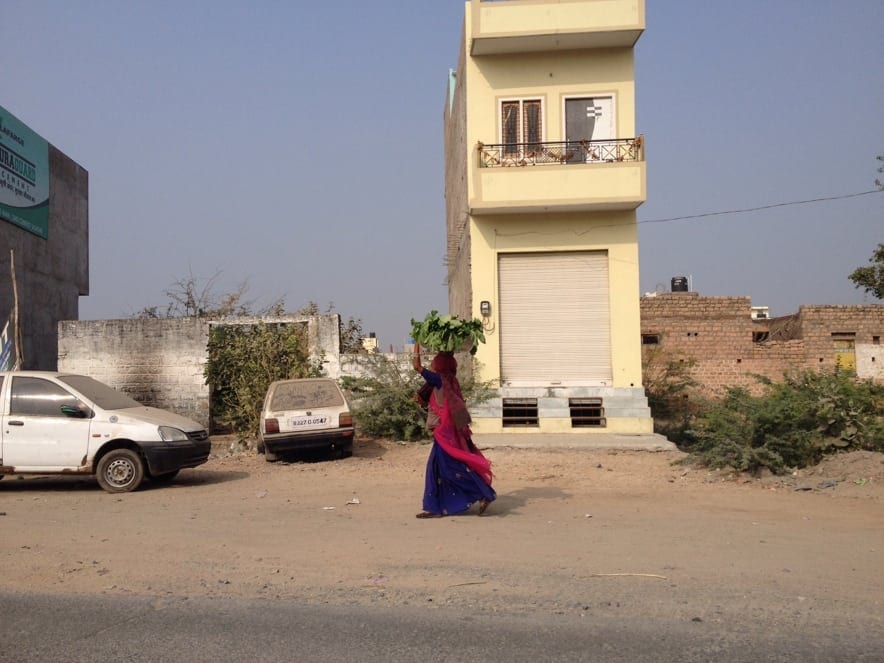
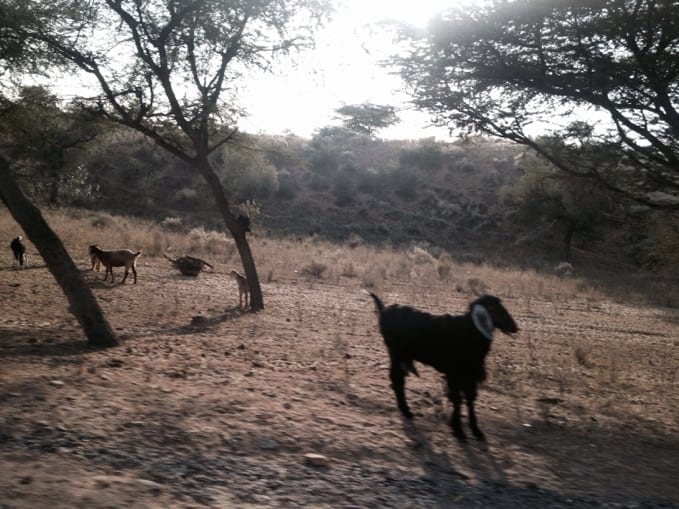

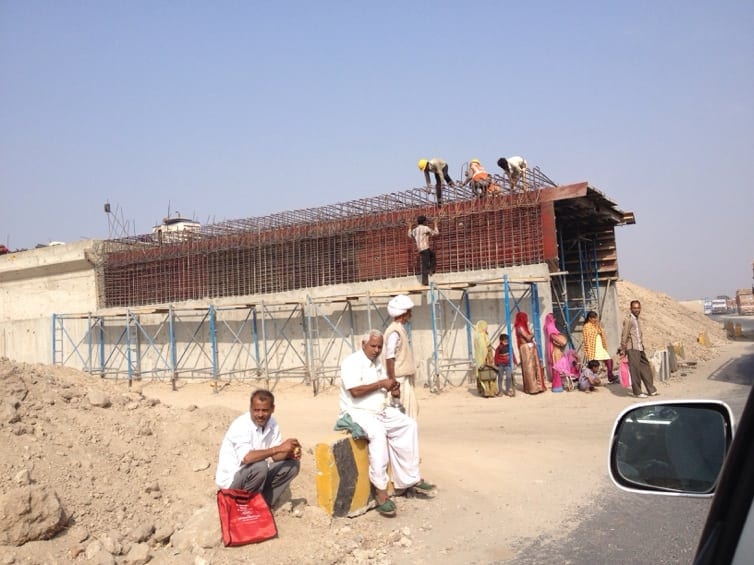

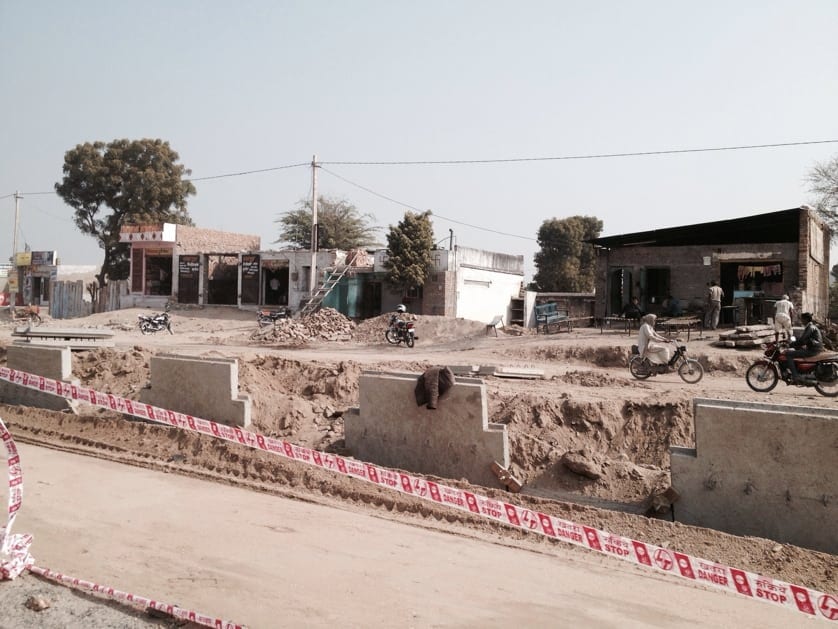

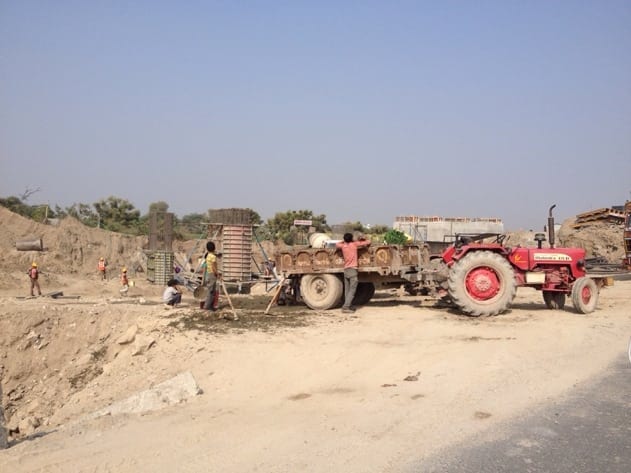

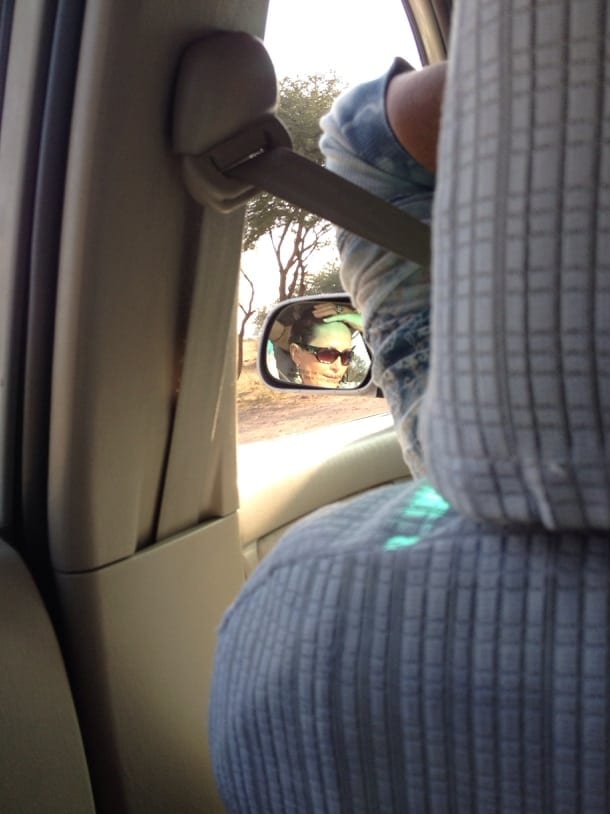
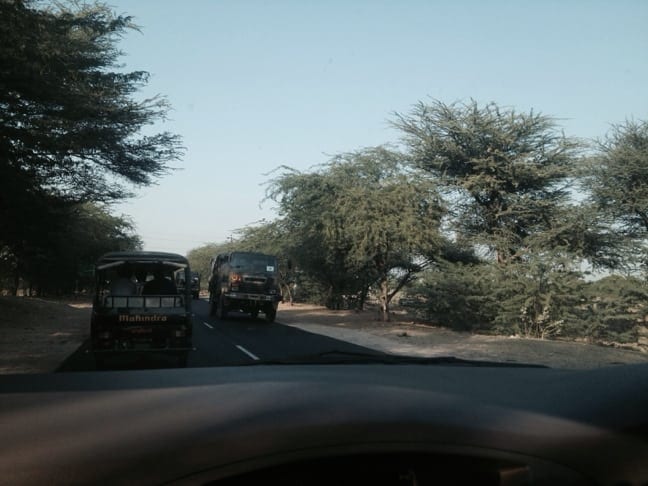
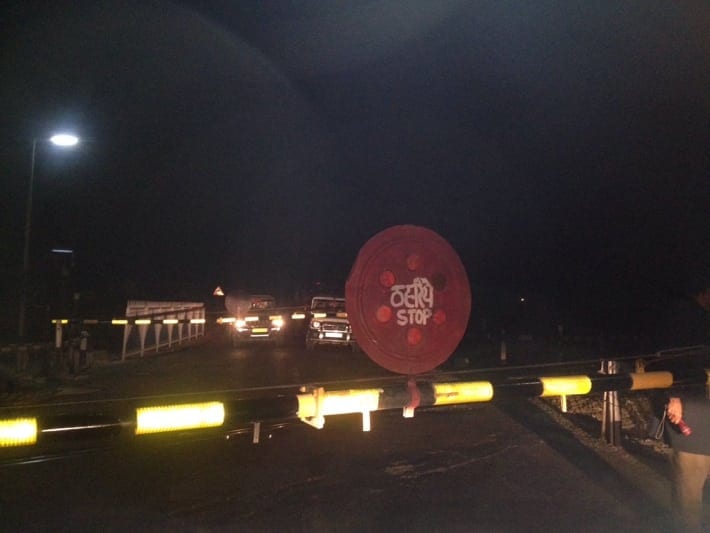
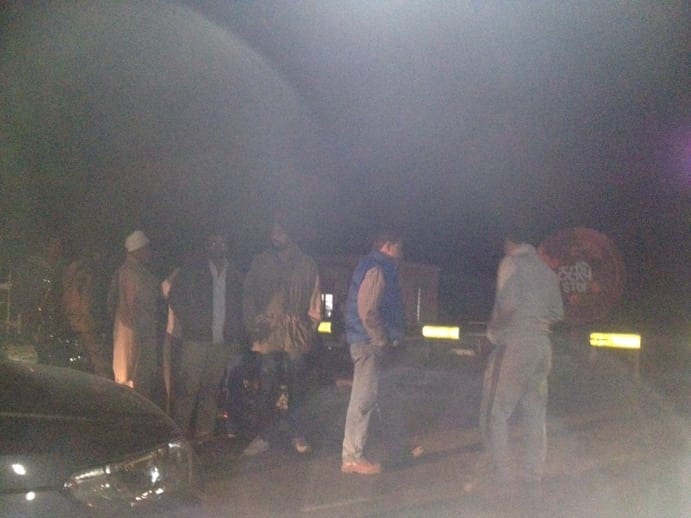
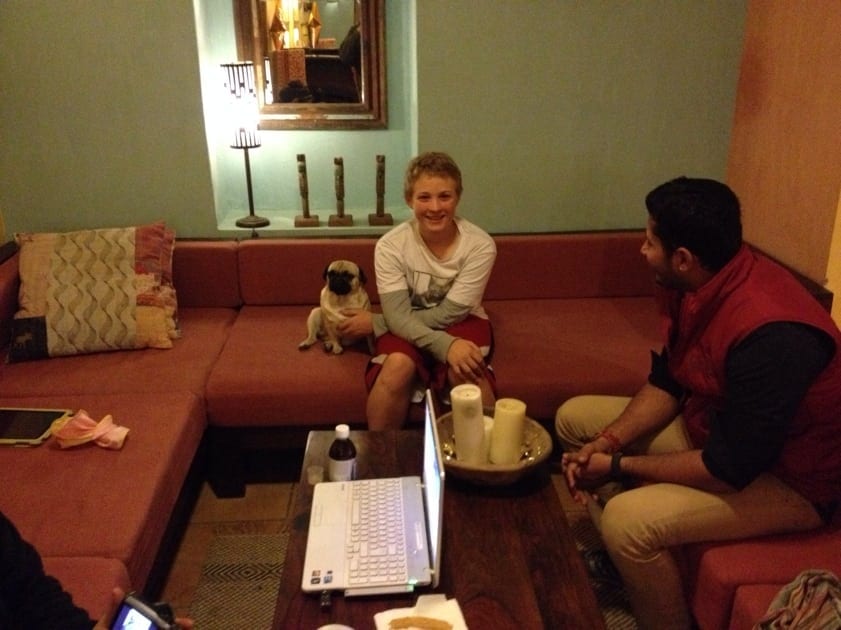
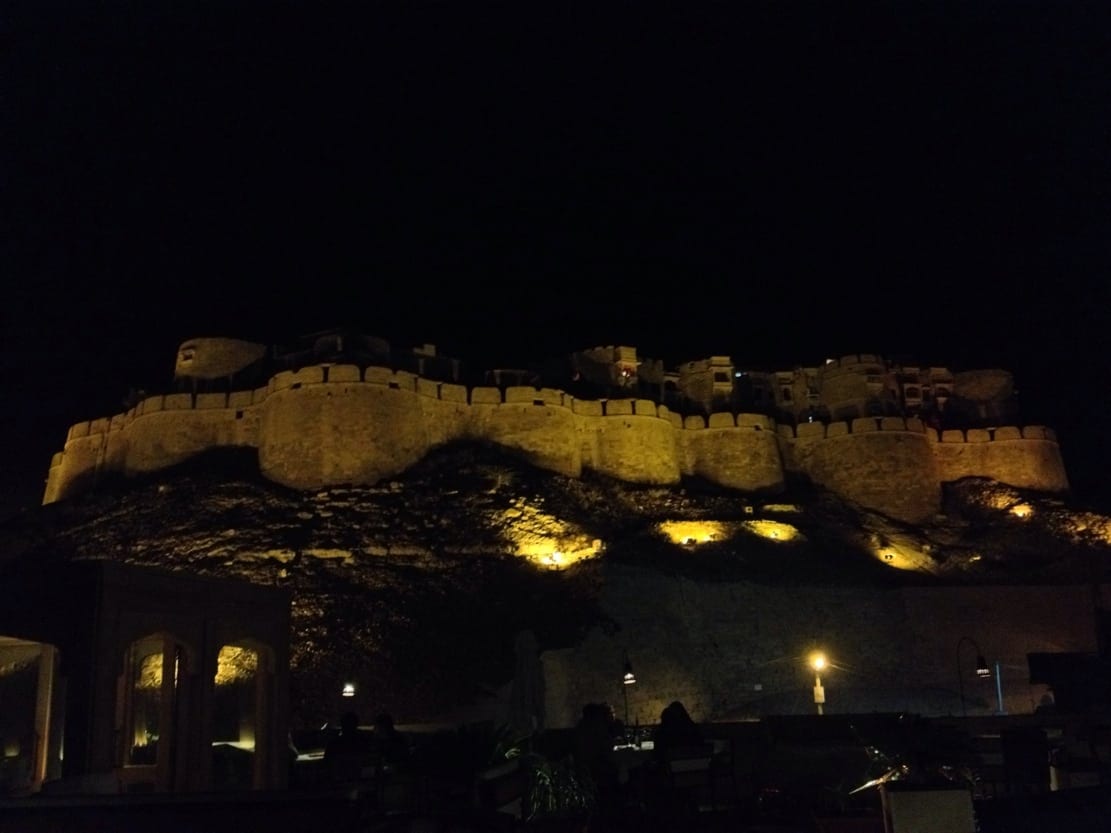
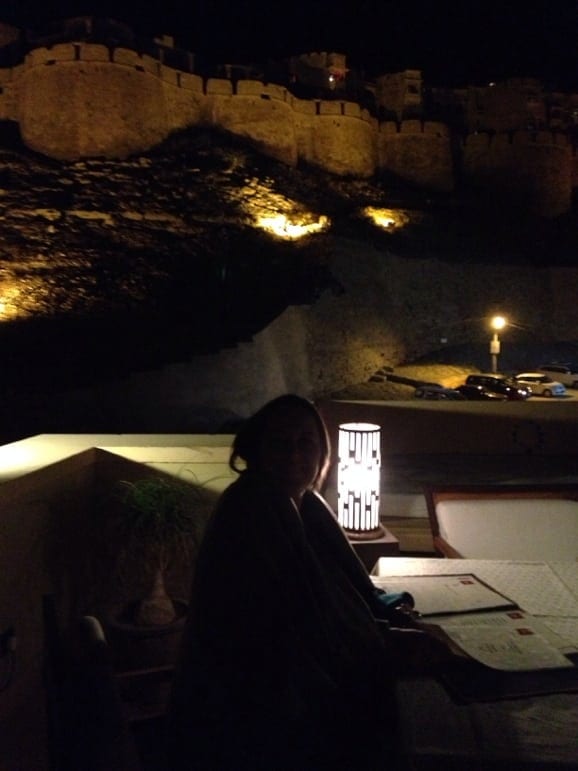 There I am with the fort behind me.
There I am with the fort behind me.